In modern home decoration, the bathroom is not only a place for daily cleaning and personal care, but also an important space that reflects the quality of life and design taste. As the trend of bathroom renovation continues to gain momentum, homeowners are increasingly concerned about the rational use of storage space, the selection of environmentally friendly materials, and striking a balance between aesthetics and functionality. The wood medicine cabinet, as a classic and natural storage solution, has once again entered the vision of designers and consumers. However, like any decorative material, wooden medicine cabinets also have certain advantages and disadvantages in bathroom applications, which require rational analysis.
1. The advantages of wooden medicine cabinets
Natural beauty and high-end texture
The most significant advantage of wooden medicine cabinets is their natural beauty. Whether it's oak, cherry wood, or walnut wood, the texture and colour of the wood itself can bring warmth, comfort, and high-end visual effects to the bathroom. Compared to metal or plastic medicine cabinets, wooden medicine cabinets are more easily integrated into various decoration styles in aesthetics, ranging from classic American, modern minimalism, to rural style, all of which can provide soft and natural decorative effects.
Diversified customisation capability
Wood has good processing properties and is easy to cut, carve, and paint. This makes the wooden medicine cabinet highly customizable in terms of size, layer board design, door panel shape, and storage function. For example, some high-end wooden medicine cabinets can be designed with mirror doors, hidden drawers, adjustable shelves, etc., to meet the storage needs of different family members. This personalized design advantage is unmatched by metal or glass medicine cabinets.
Environmental Protection and Sustainability
Environmental awareness is on the rise, and an increasing number of consumers are opting for sustainable materials. High-quality wood sources can be traced, and wood certified by FSC (Forest Stewardship Council) is not only environmentally friendly, but also has a relatively low-carbon production process. In marketing, wooden medicine cabinets are often positioned as high-end products that are "healthy, environmentally friendly, and natural", in line with the concept of green home.
Comfortable touch and improved texture
The touch of wood is warm and moist, forming a clear contrast with cold and hard metals or plastics. In the bathroom, this texture can provide users with a warmer and more comfortable user experience. Additionally, the weight and density of solid wood or high-density board can significantly enhance the overall texture and quality of the bathroom.

2. Limitations of wooden medicine cabinets
Easy to deform or crack due to humidity
The bathroom is a high-humidity environment, and prolonged steam, temperature differences, and water vapour can easily cause wood to absorb moisture, expand, or dry and shrink, resulting in problems such as cracking and warping. Although modern wood can reduce risks through waterproof coatings, drying treatments, or composite panel technology, wooden medicine cabinets still have certain disadvantages in terms of moisture resistance compared to plastic or stainless steel materials.
High maintenance costs
Regular maintenance is crucial for maintaining the appearance and extending the lifespan of wooden medicine cabinets. For example, it is necessary to use specialised wood cleaning agents, avoid prolonged exposure to moisture, and regularly repaint to prevent moisture and mould. This may become a burden for young families who seek low-maintenance and quick renovation.
Relatively high cost
Wooden medicine cabinets, especially those made of solid wood materials, have higher raw material costs, processing costs, and transportation costs than standard plastic, aluminium alloy, or glass medicine cabinets. The price of high-end wooden medicine cabinets is usually 1.5 to 2 times that of metal medicine cabinets of the same size, which may deter some price-sensitive consumers.
Limited anti-mould and antibacterial ability
Although modern wood can enhance its moisture resistance through coatings or surface treatments, the wood itself remains susceptible to mould or bacterial invasion, especially in poorly ventilated, small bathrooms. Long-term humid environments may cause odours or health hazards, requiring a sound ventilation system or additional anti-mould treatment.
3. Market Trends and Consumer Preferences
According to data from the National Association of Home Builders (NAHB) and Houzz, the core focus of bathroom renovations is primarily on functionality, environmental friendliness, and design aesthetics. A survey reveals that approximately 52% of consumers consider installing storage cabinets with mirrors during bathroom renovations, with 32% preferring wooden materials, particularly in the high-end market.
In households, wooden medicine cabinets are commonly used in master bathrooms or guest bathrooms, as these spaces often place a greater emphasis on overall aesthetics and storage convenience. At the same time, with the rise of smart homes and personalised design, some high-end wooden medicine cabinets have begun to integrate LED lighting, anti-fog mirrors, Bluetooth speakers and other functions, revitalising traditional wooden medicine cabinets and becoming "functional artworks" in bathroom renovation.
4. Designer Suggestions and Practical Strategies
Choose moisture-proof wood or composite board
To balance aesthetics and durability, designers recommend using solid wood or high-density composite panels that have undergone moisture-proofing treatment. Hardwoods such as teak, oak, and cherry can significantly reduce the risk of cracking and deformation after proper drying and coating.
Reasonable layout and ventilation
Wooden medicine cabinets should be positioned away from water flow and installed in areas with good ventilation or as far away from shower heads as possible. Cooperating with exhaust fans or window ventilation can extend the service life of wooden medicine cabinets.
Regular maintenance and cleaning
Wipe the cabinet with a soft cloth to avoid contact with potent cleaning agents or prolonged water stains. If necessary, apply wood wax oil or moisture-proof coating for maintenance.
Paired with modern functional elements
In order to meet the needs of modern families, wooden medicine cabinets can be combined with anti-fog mirrors, LED lighting, drawer partitions and other functions to improve convenience and storage efficiency, and alleviate the shortcomings of traditional wooden medicine cabinets that are easily affected by moisture.
5. Conclusion
In bathroom renovation, wooden medicine cabinets, as a storage solution that combines natural beauty and functionality, still have strong market appeal. For families pursuing high-end decoration and environmental protection concepts, wooden medicine cabinets not only enhance the spatial texture but also reflect the taste of life. However, when consumers choose wooden medicine cabinets, they also need to fully consider factors such as humidity environment, maintenance costs, and durability. Industry experts generally believe that the future development trend of wooden medicine cabinets will be a fusion innovation of "beauty, intelligence, moisture resistance, and sustainability" to meet people's increasingly diverse bathroom renovation needs.

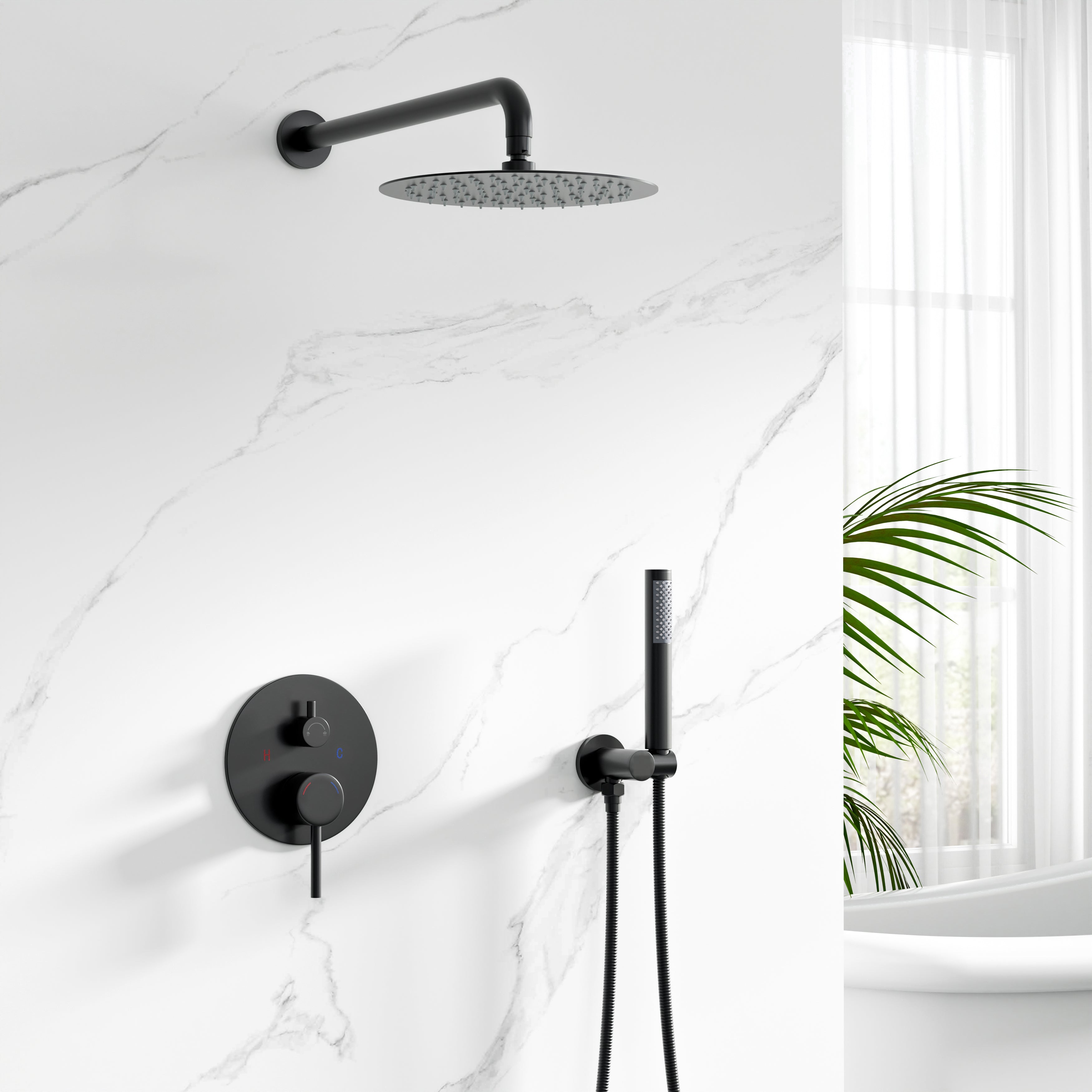
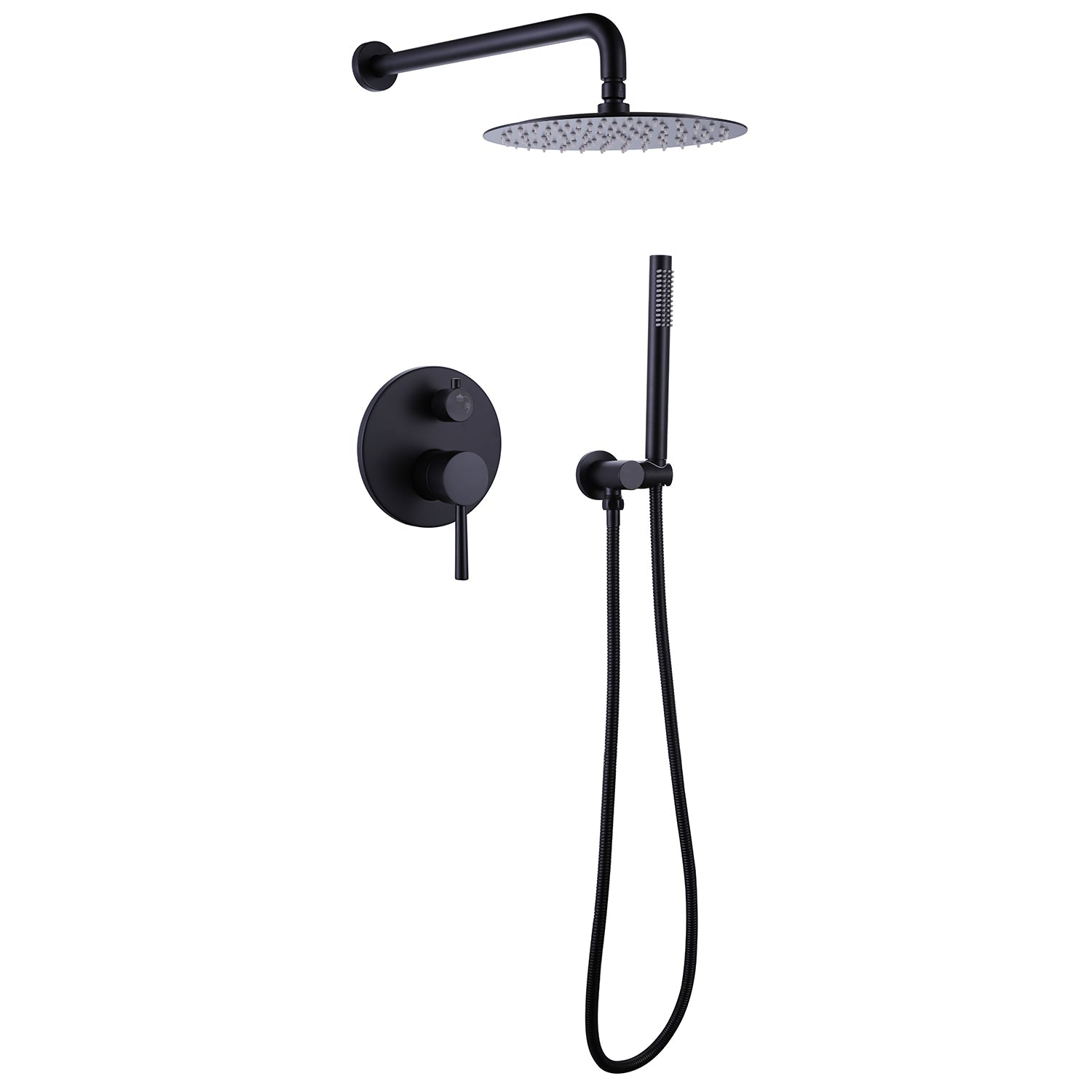


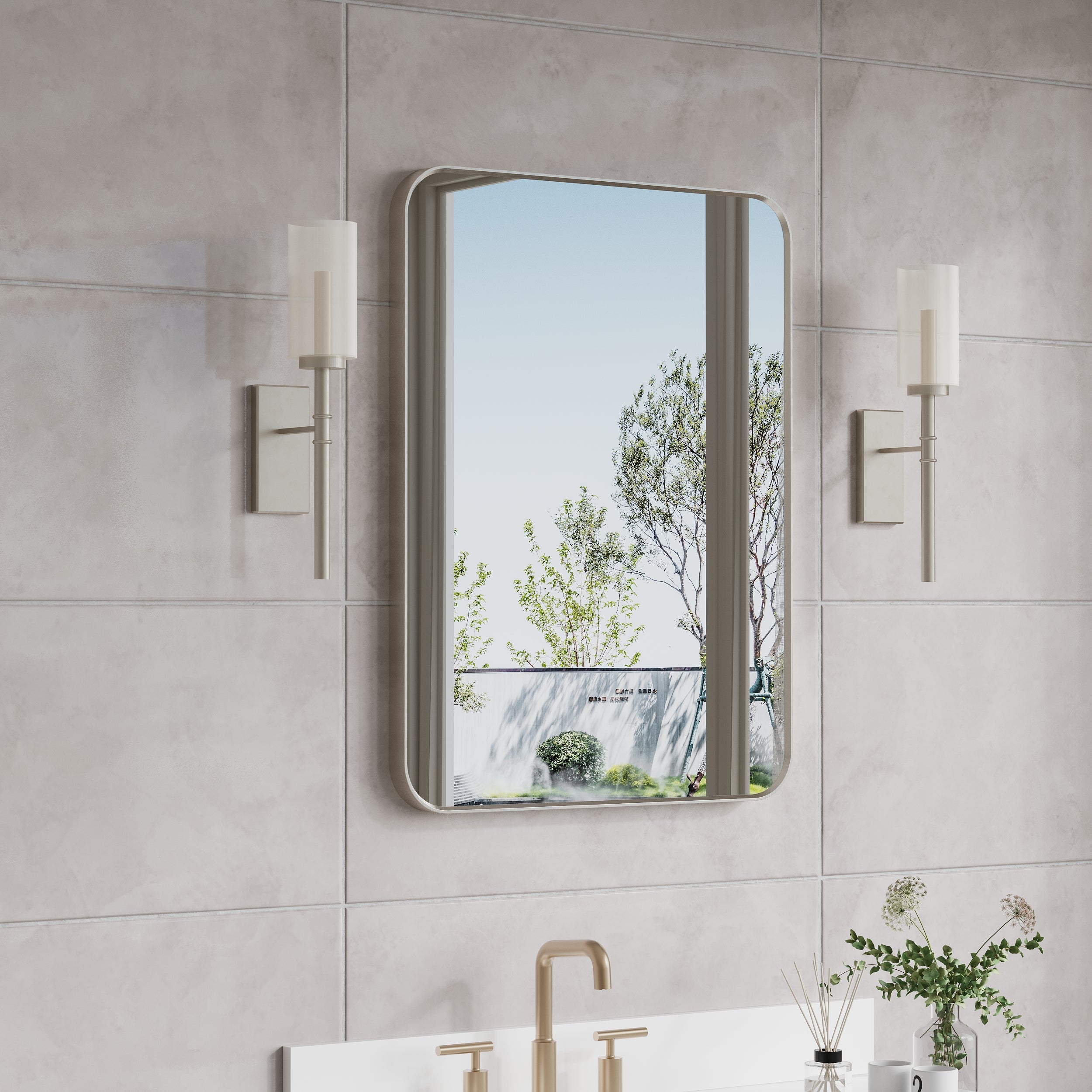
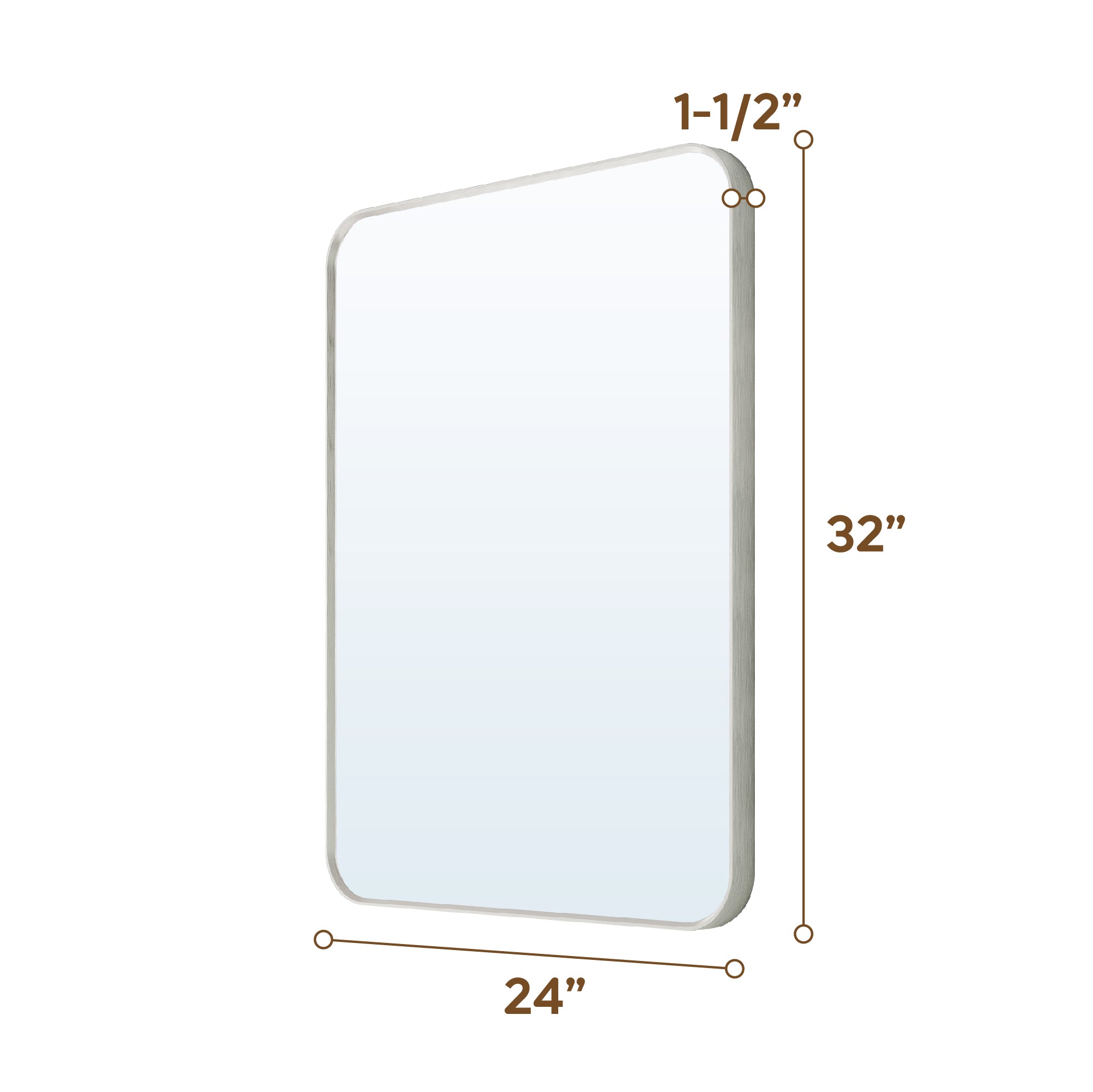

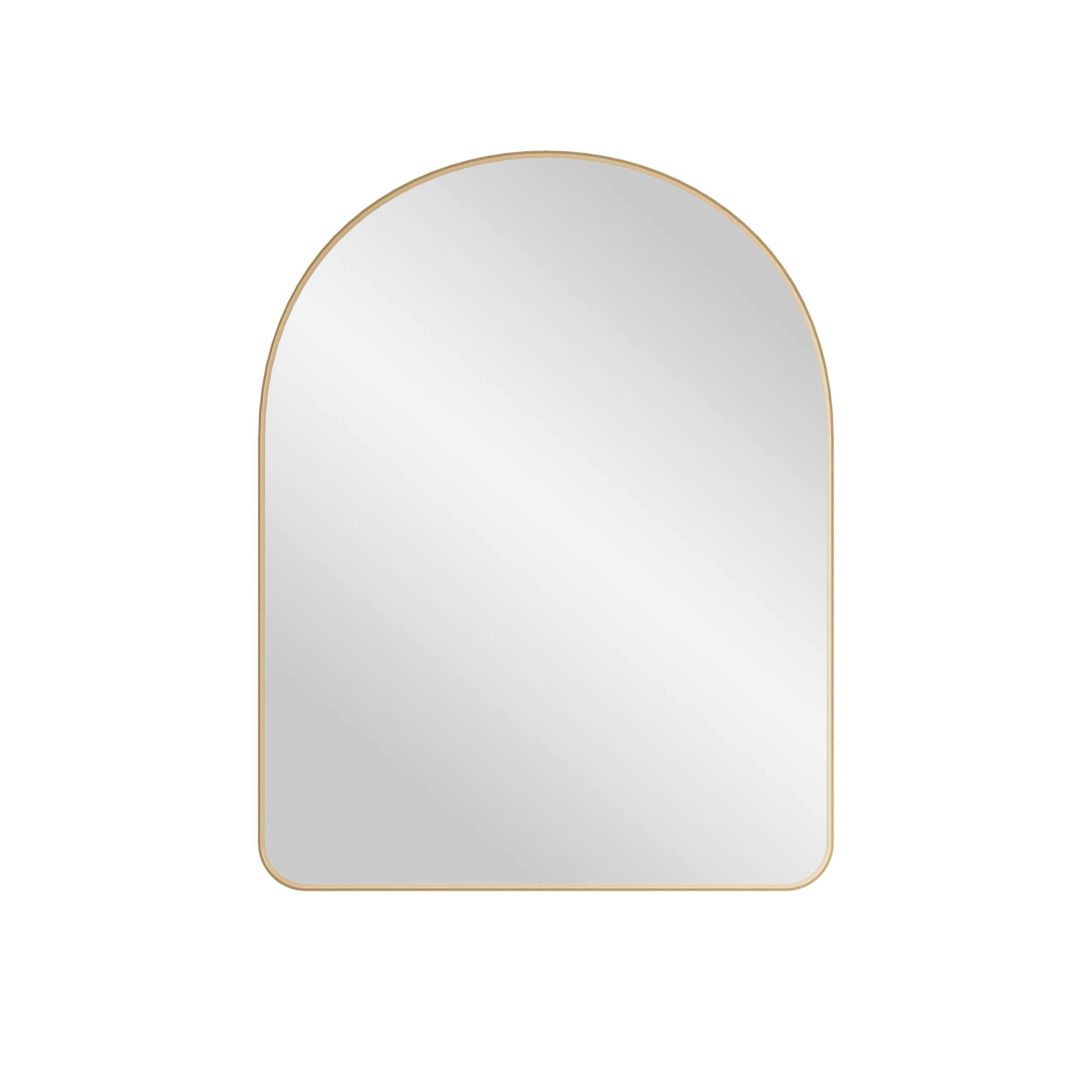

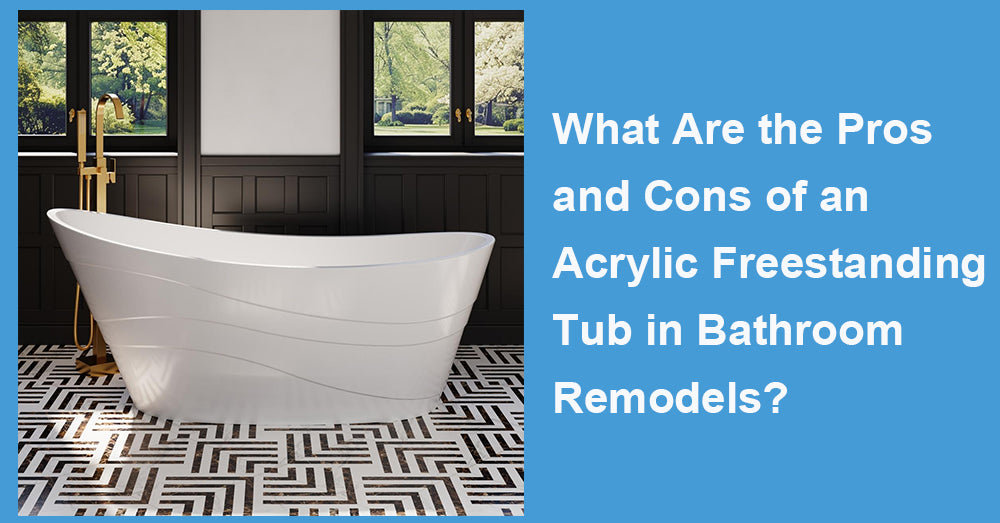

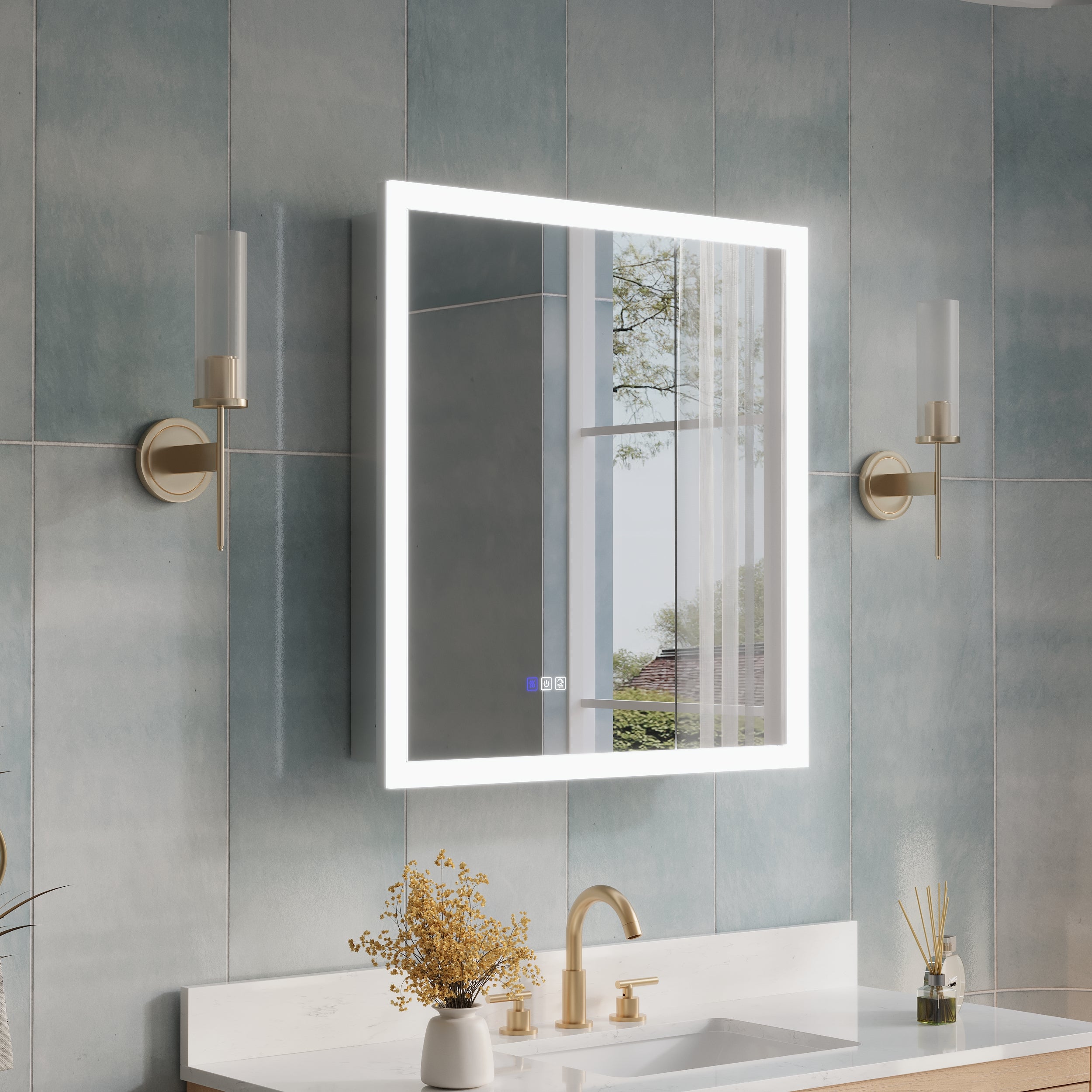
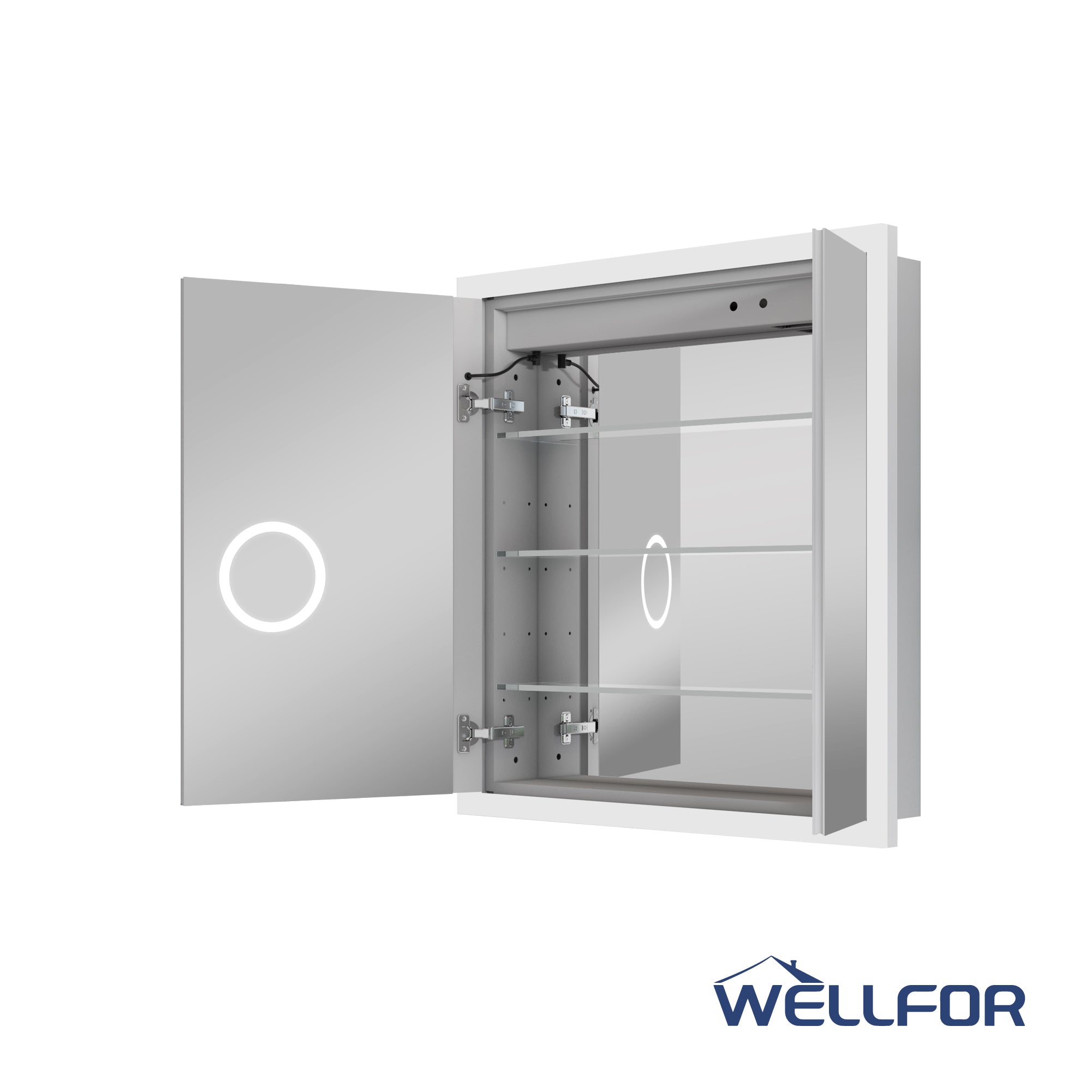
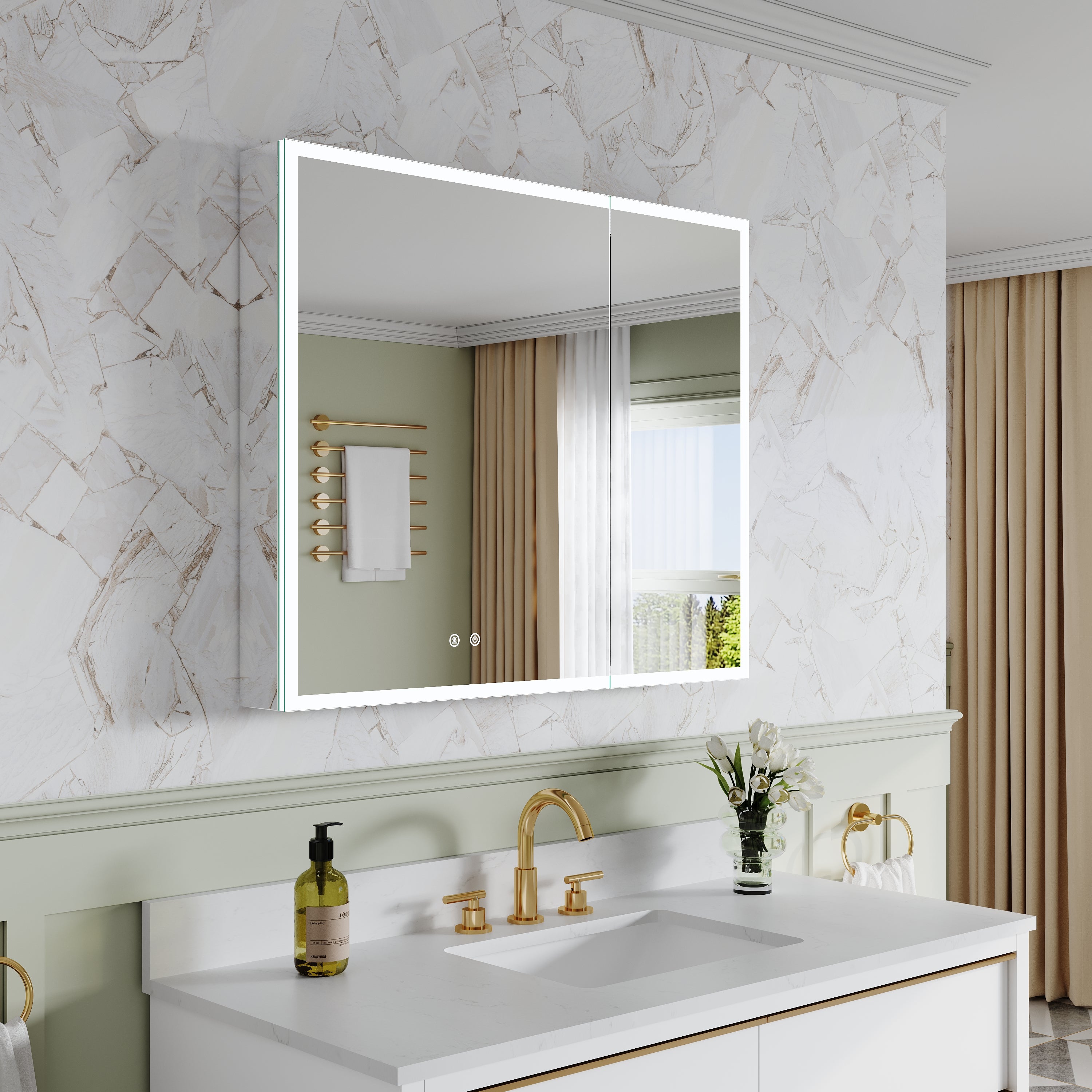
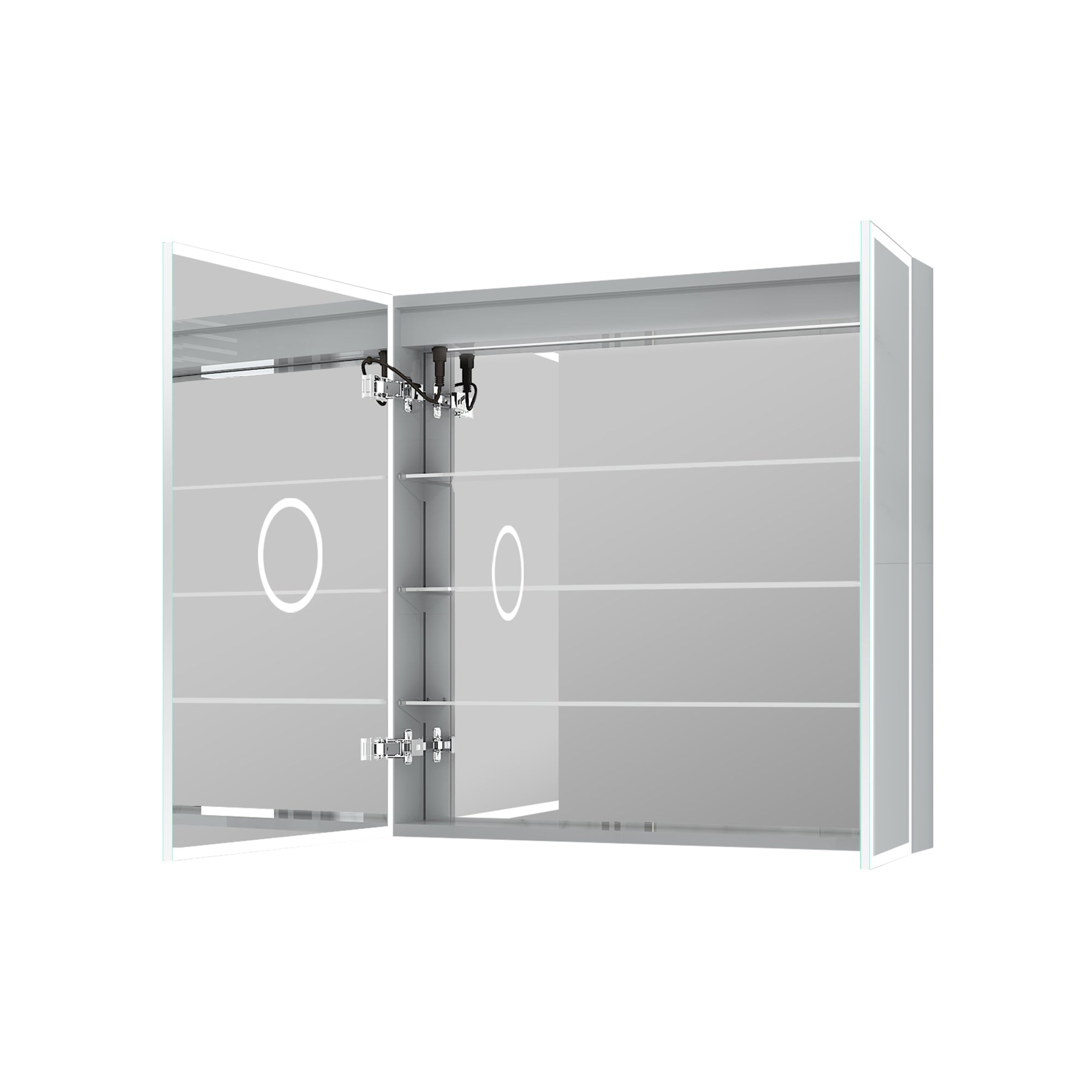
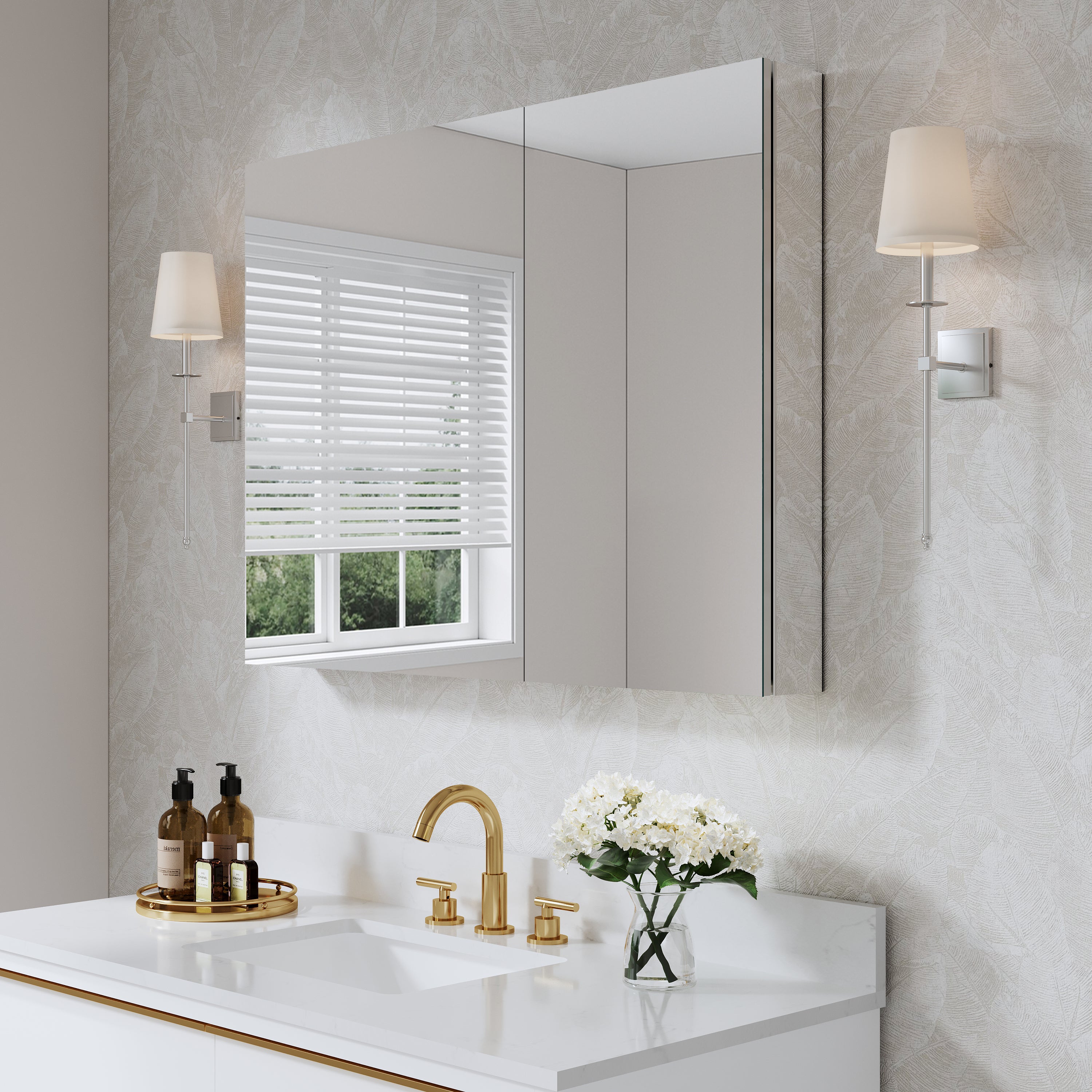

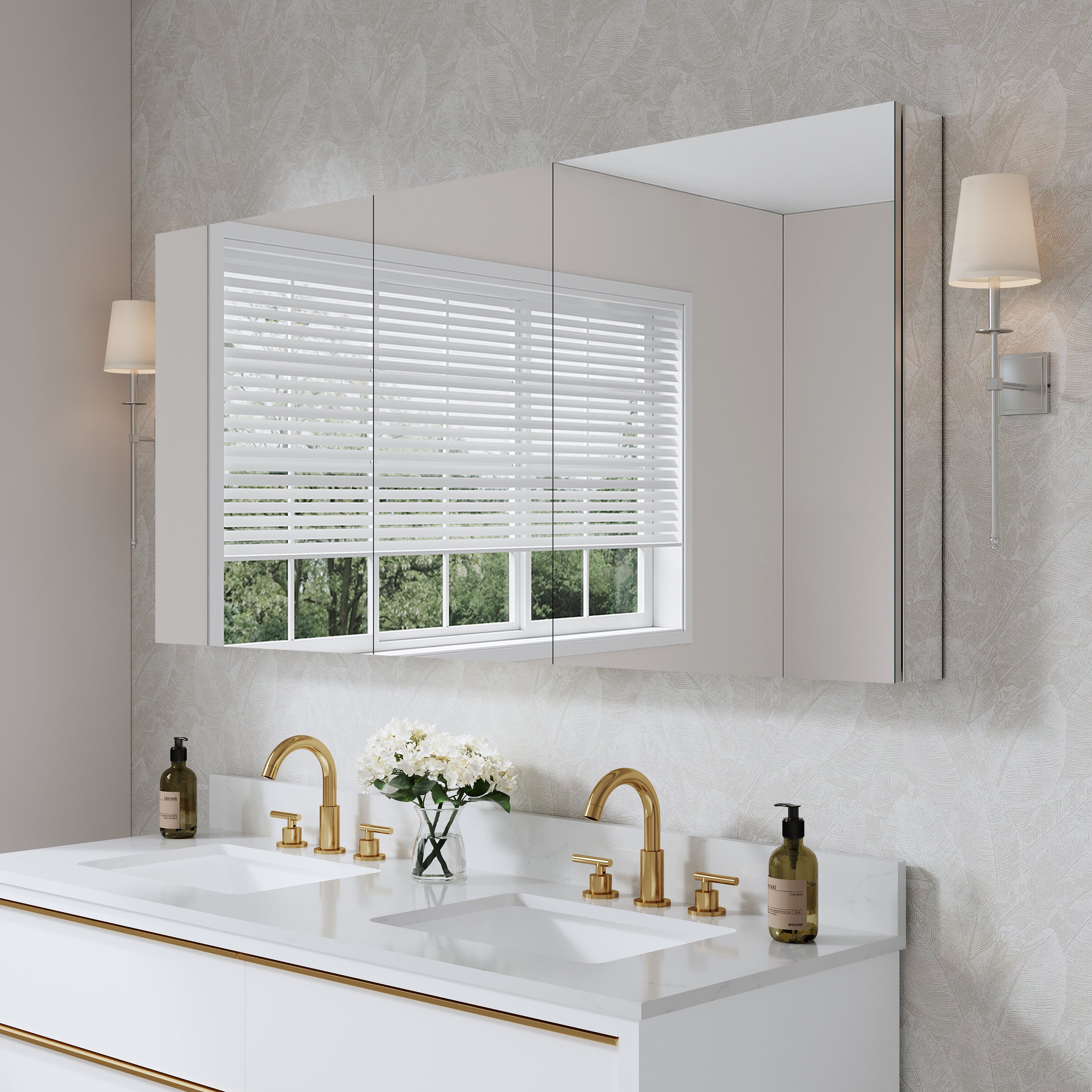

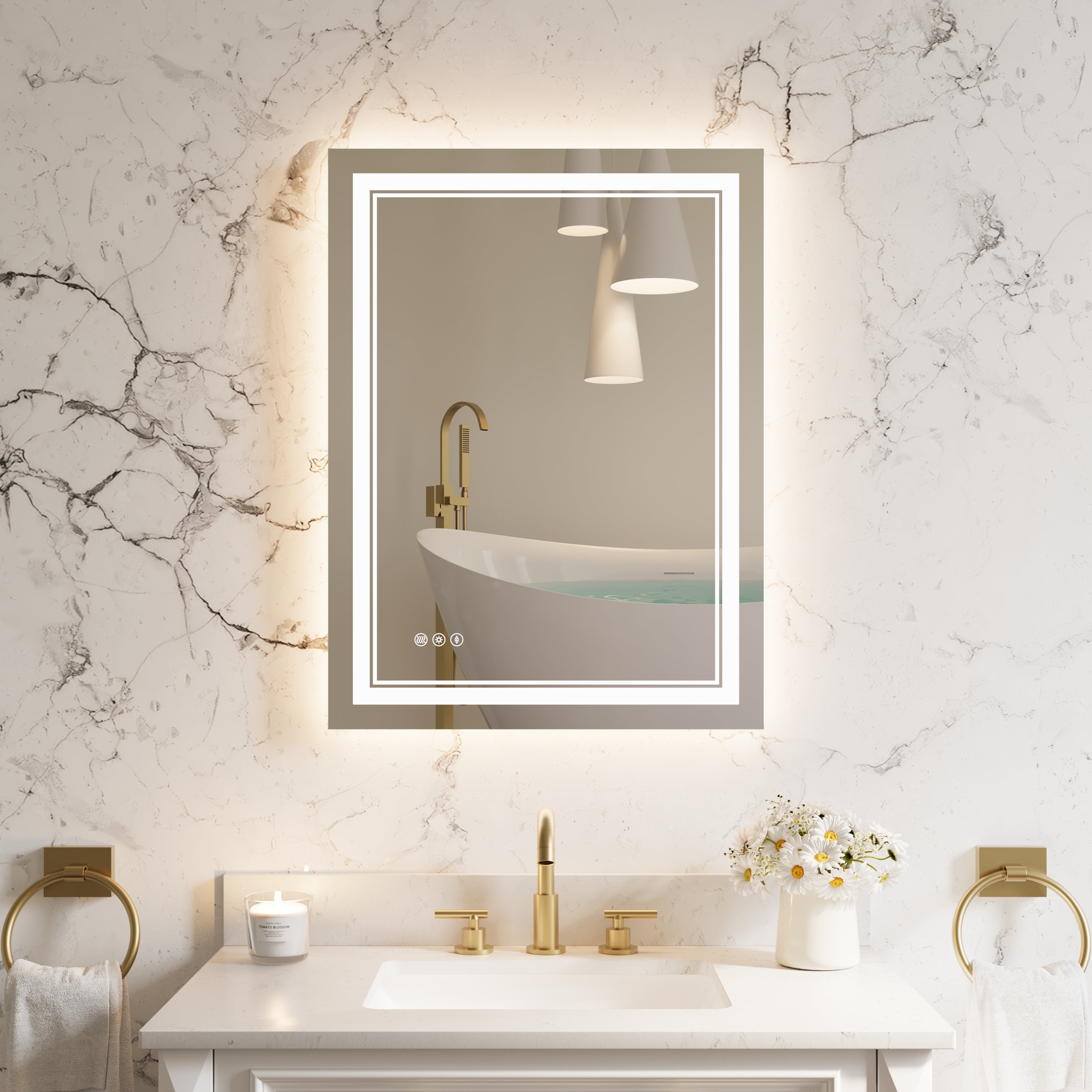
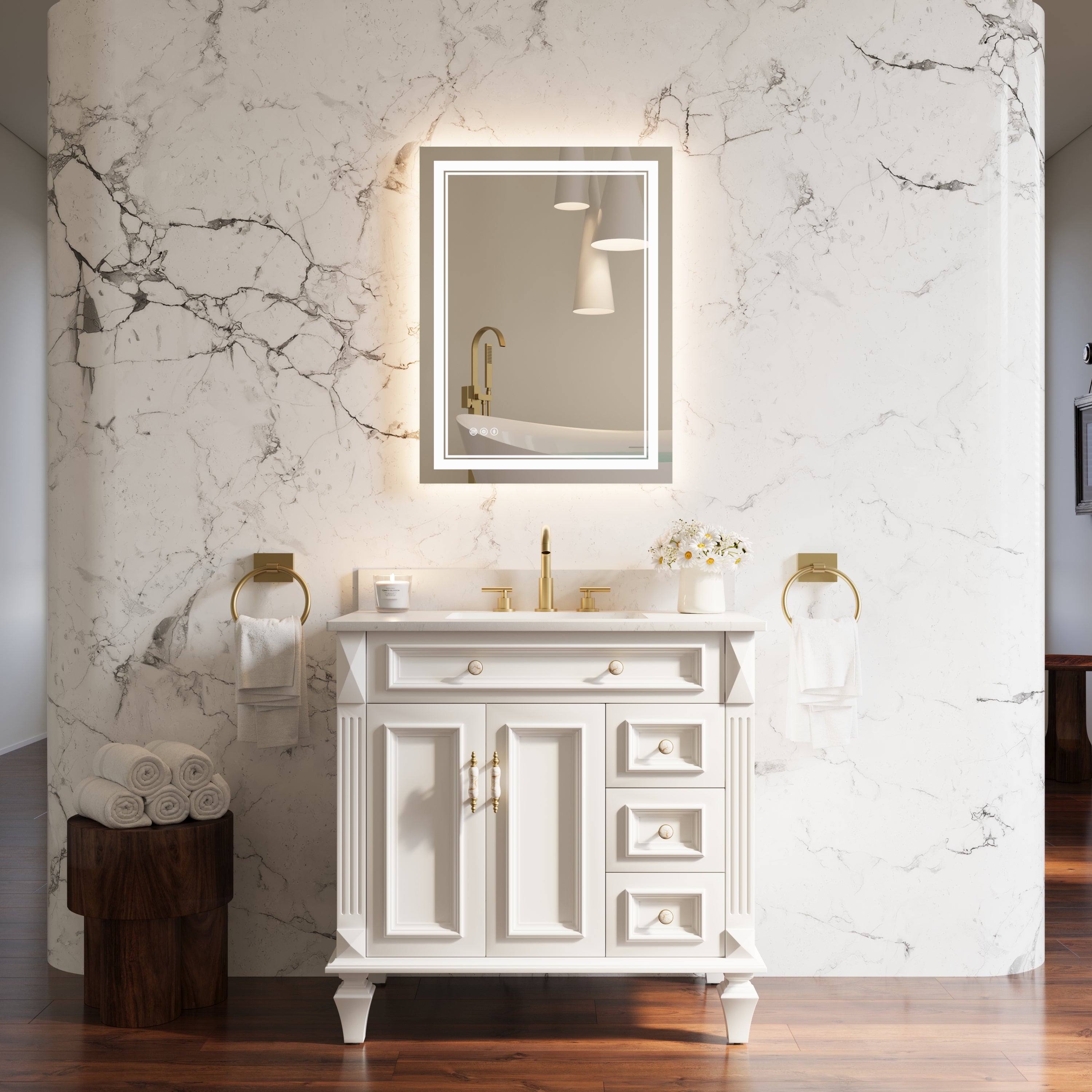
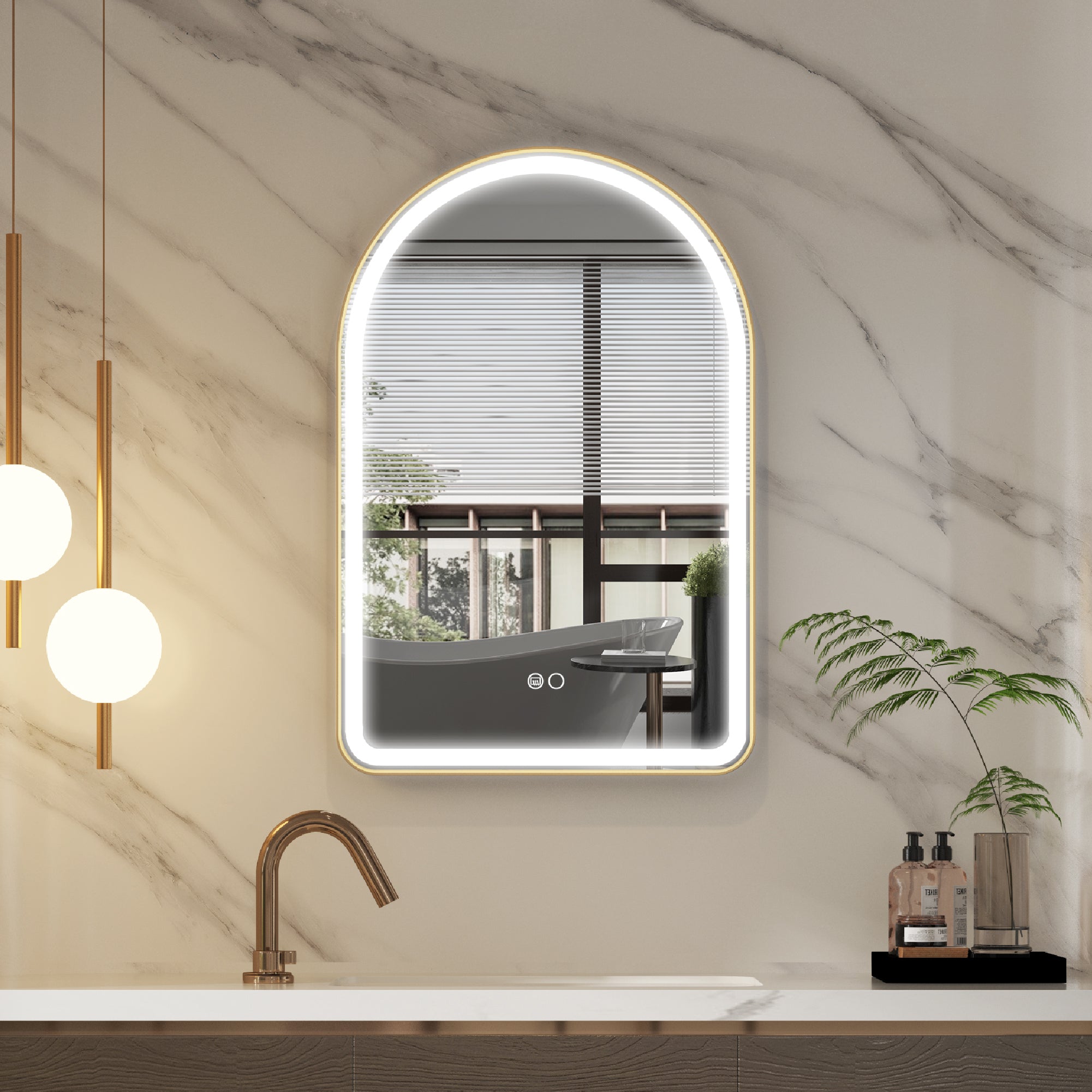
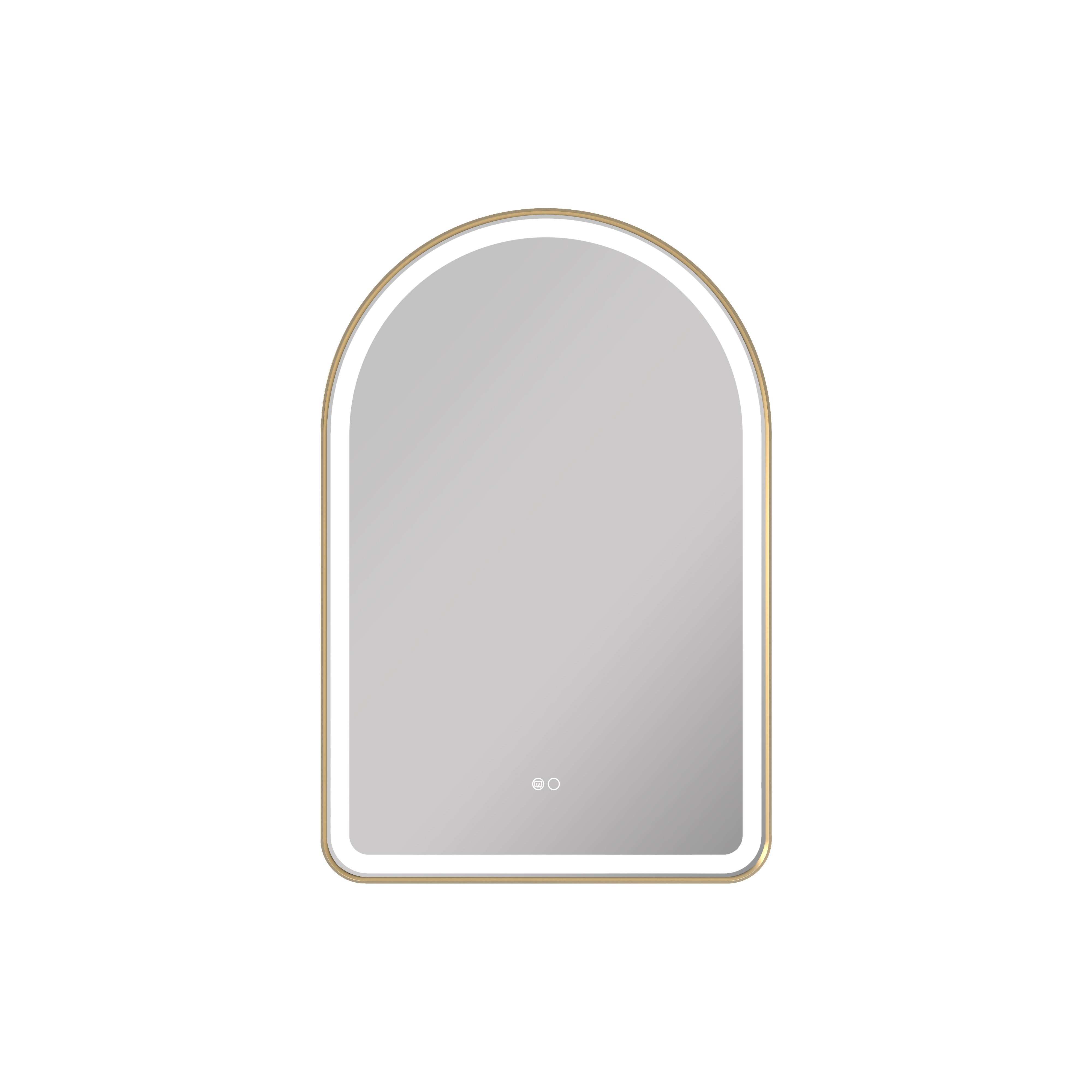
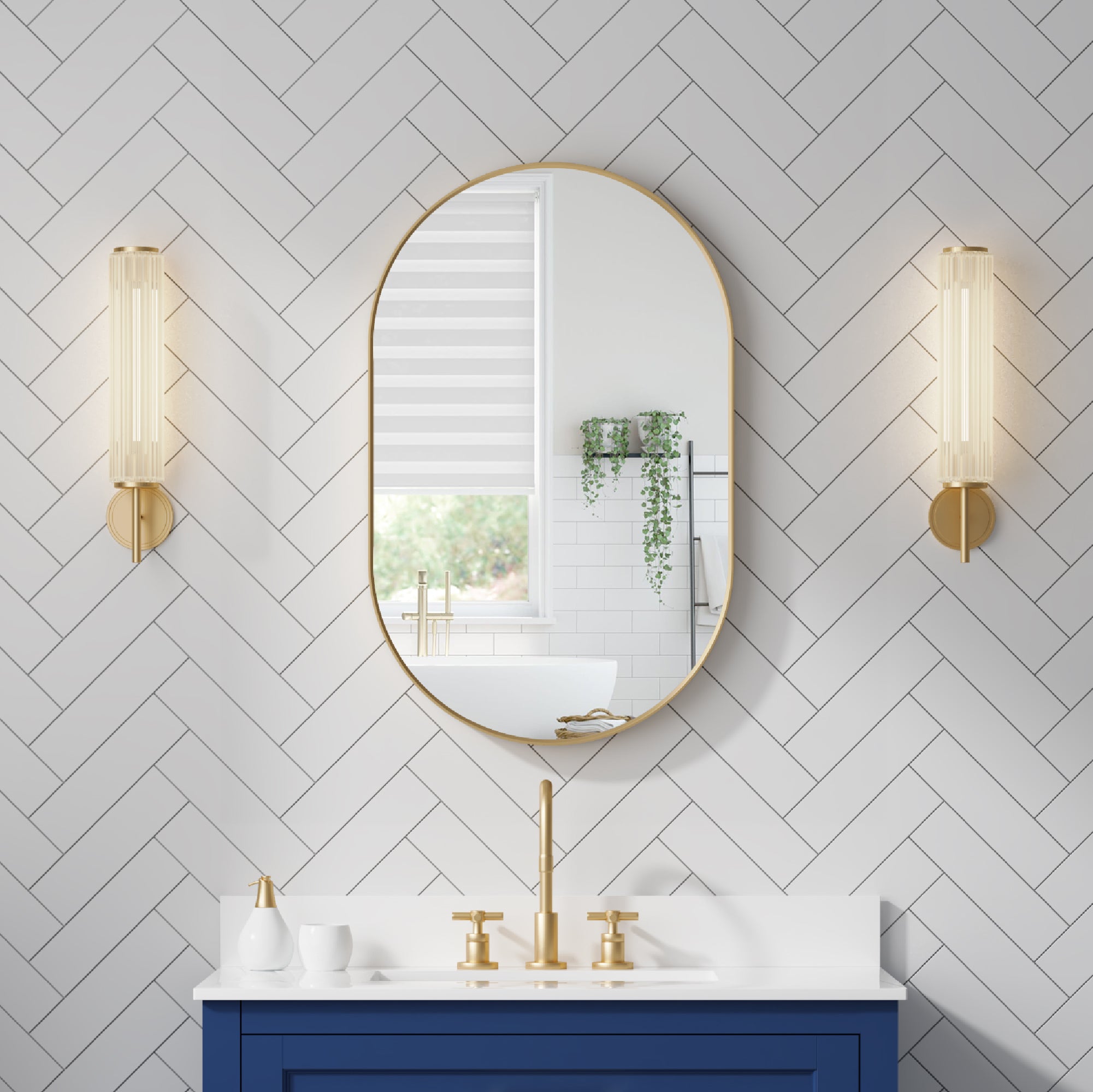
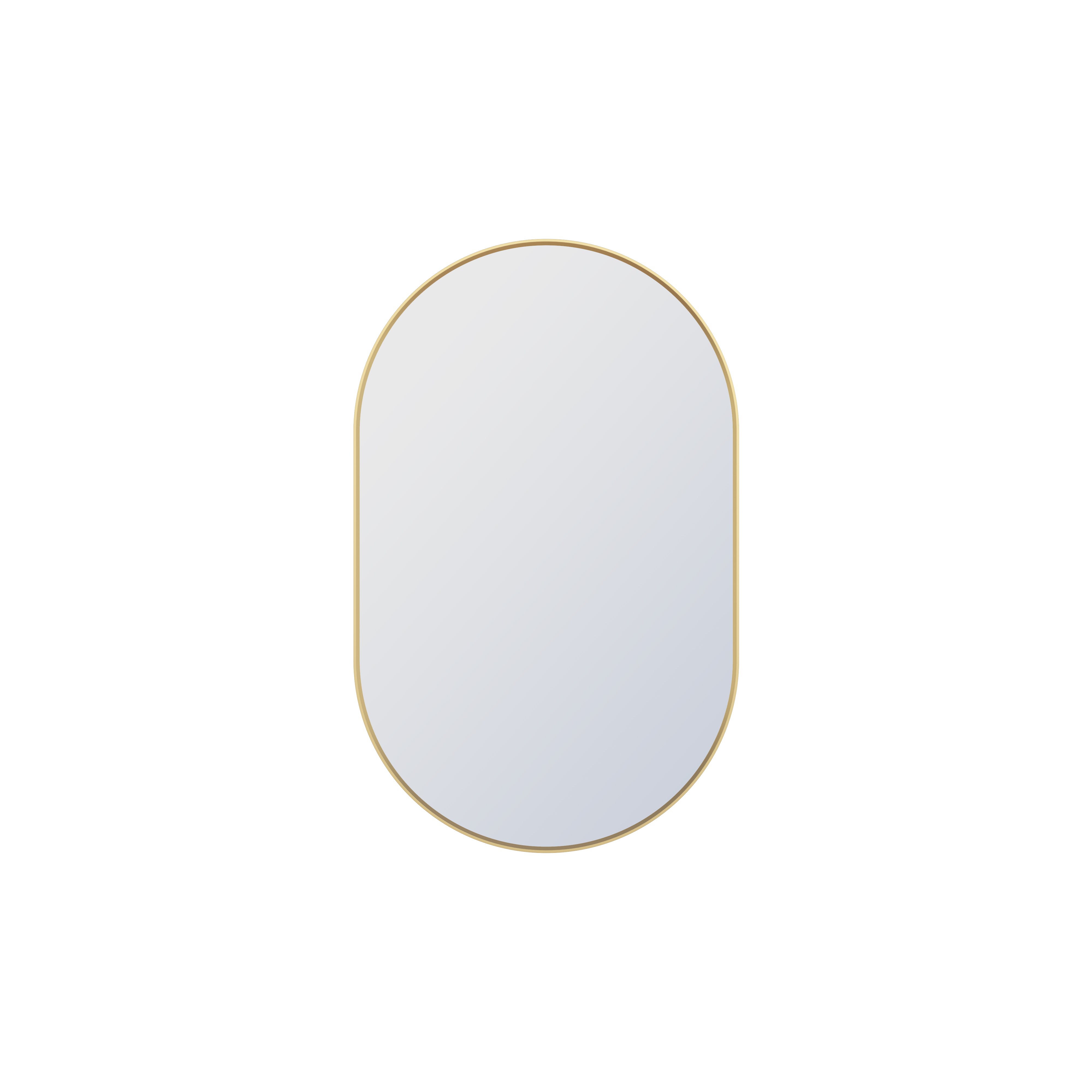


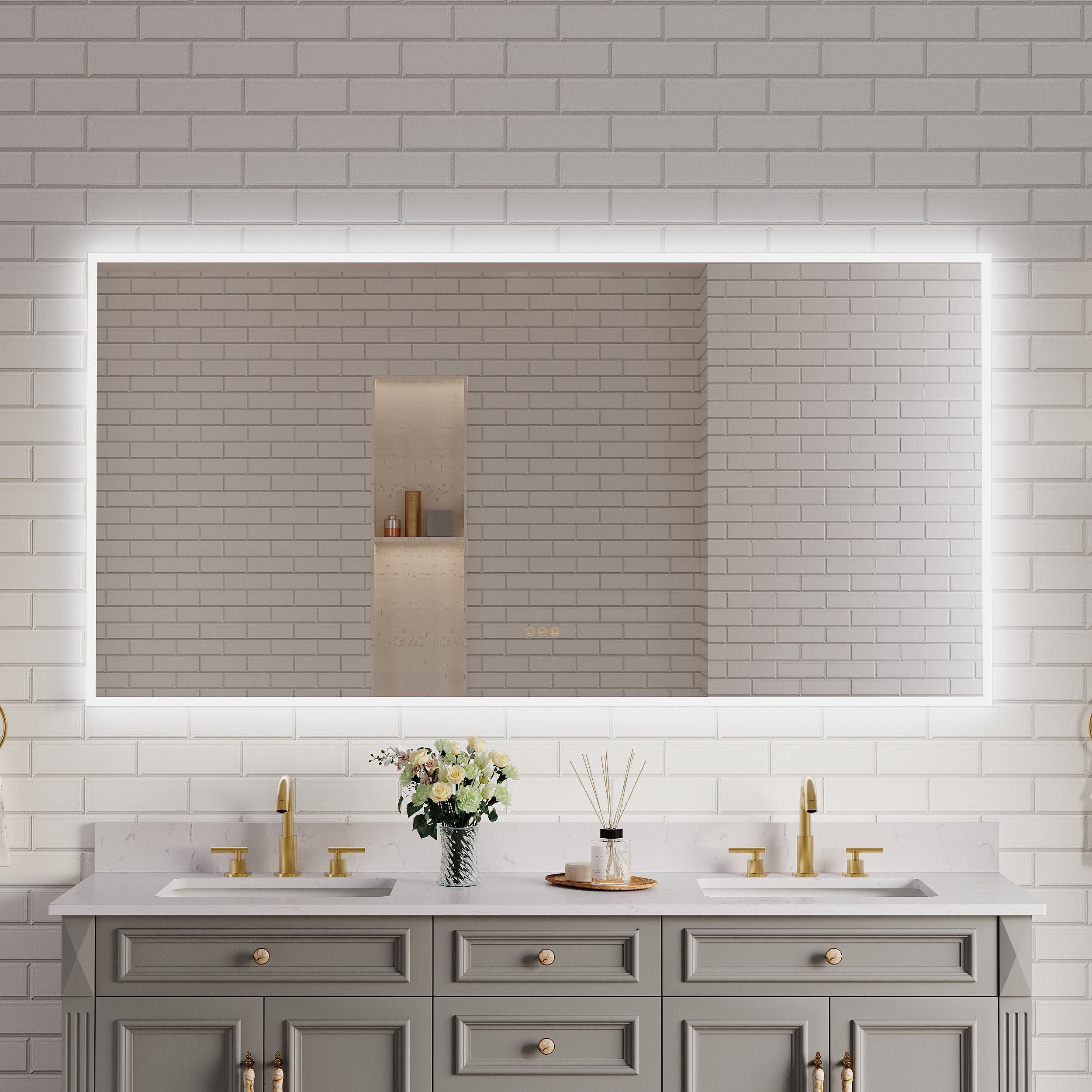





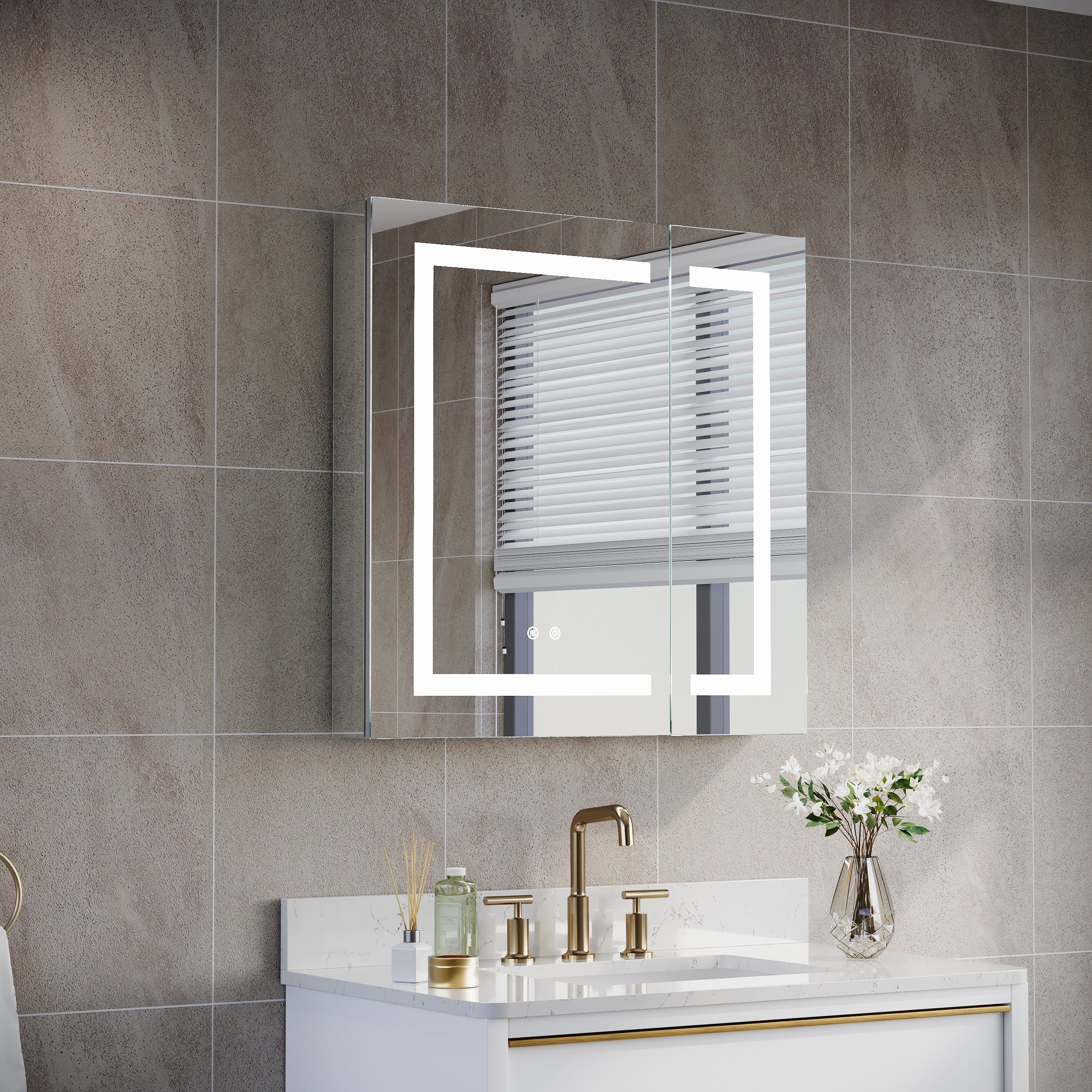
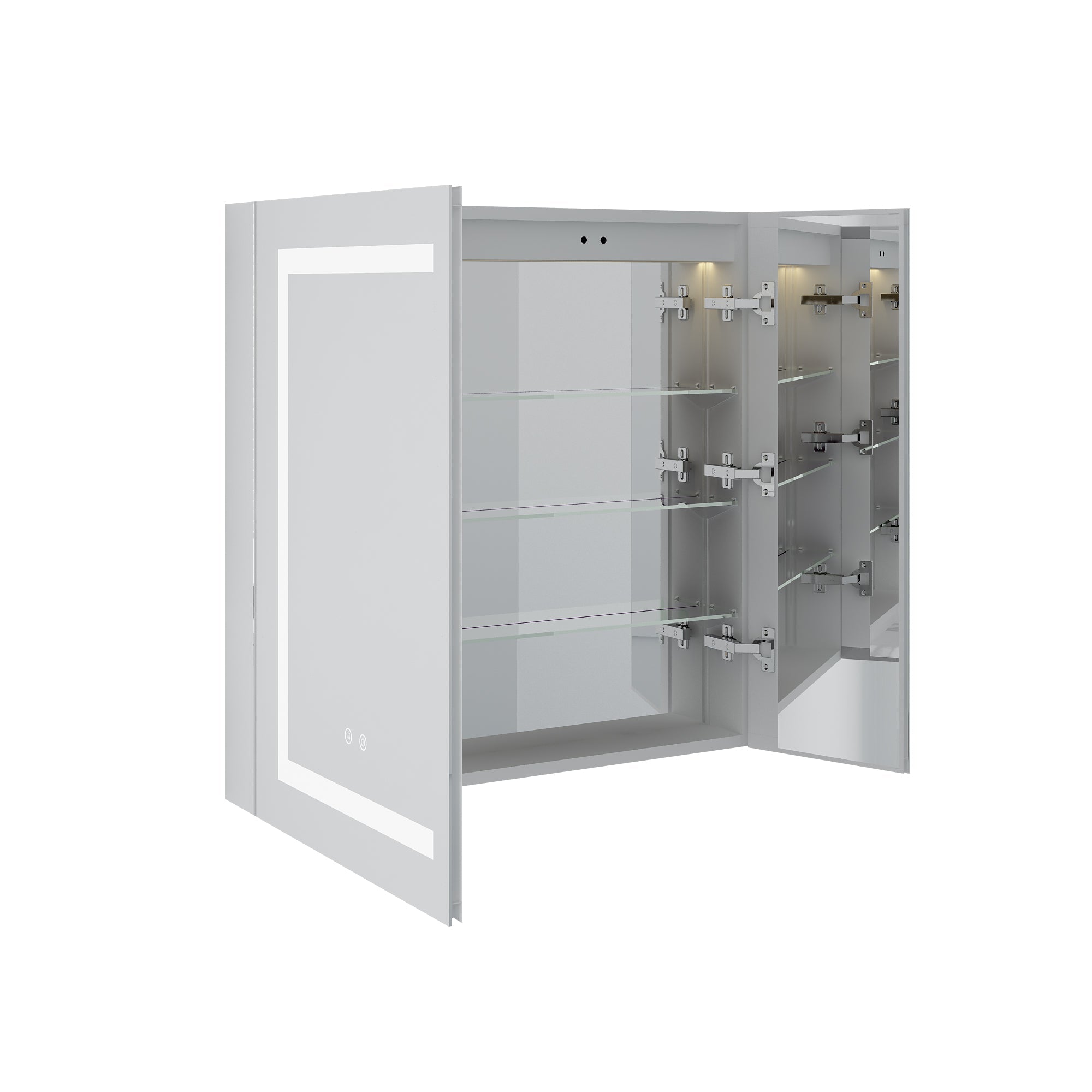




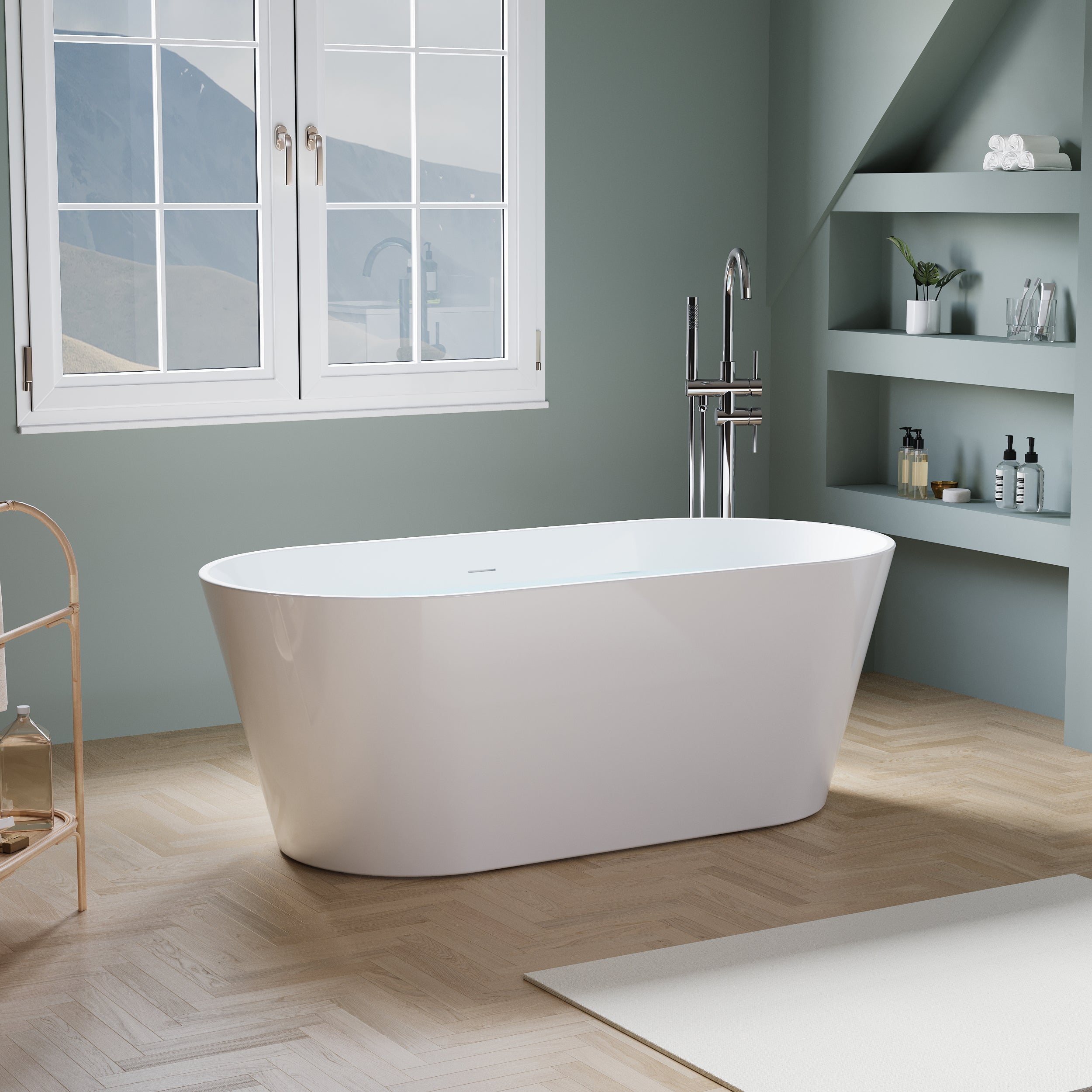
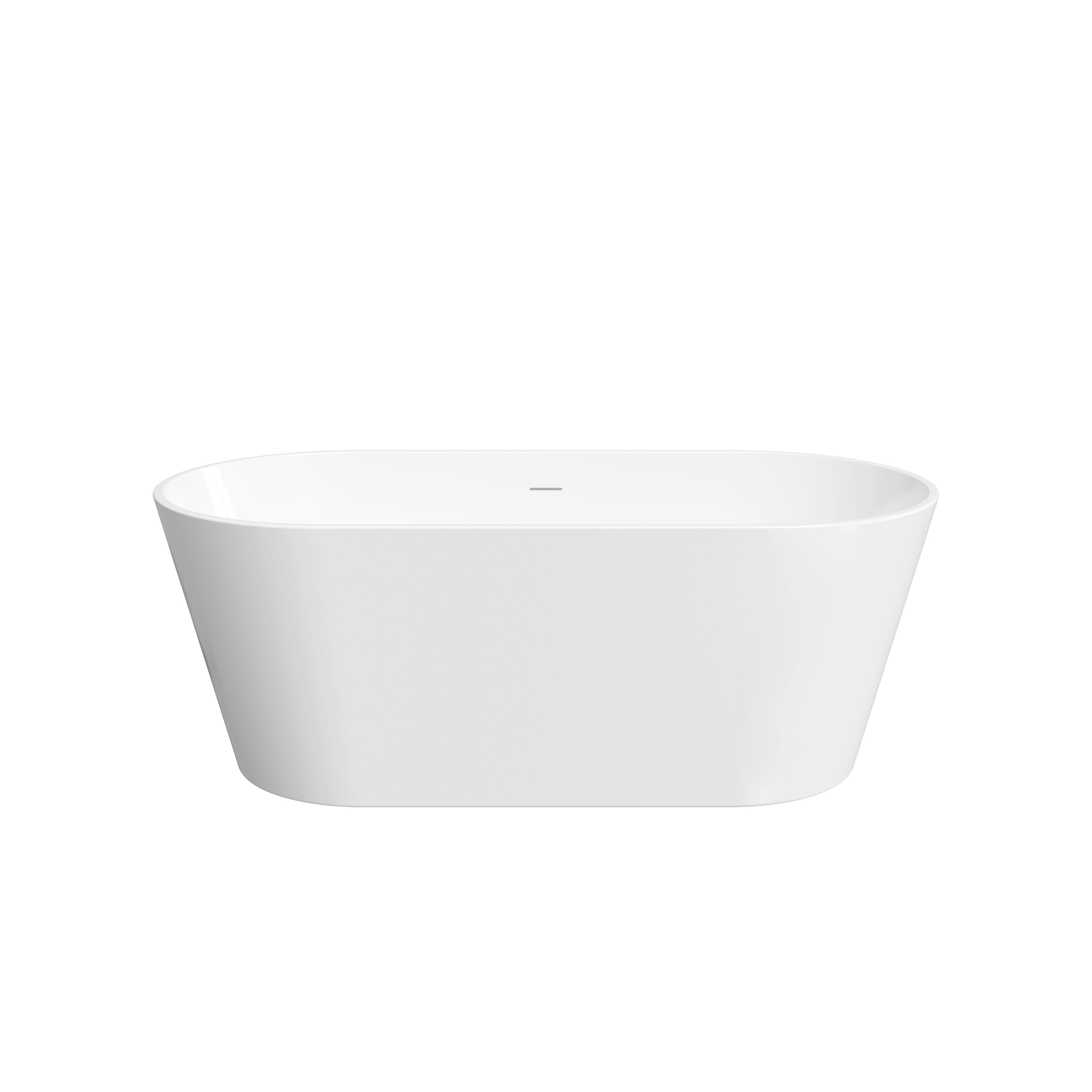


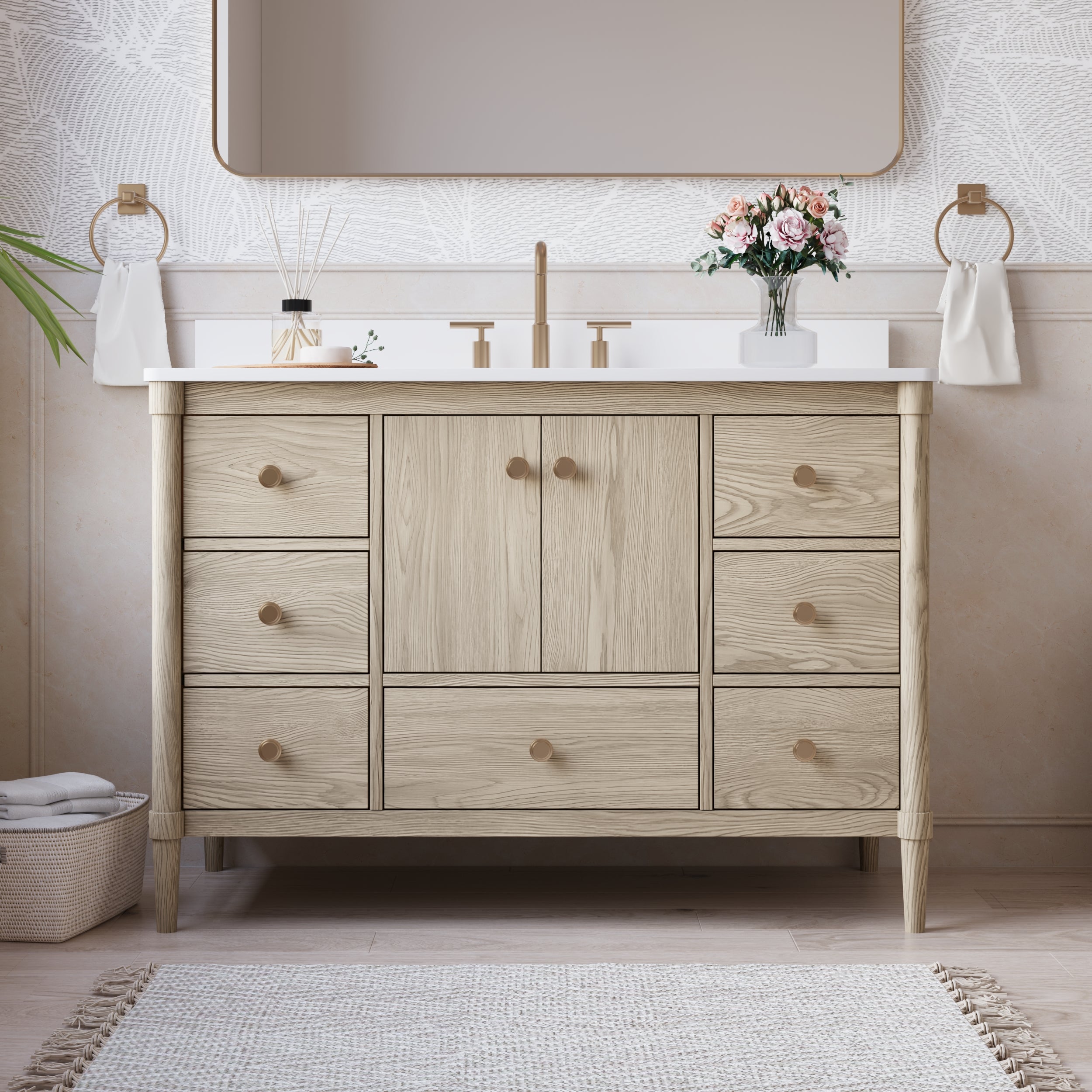
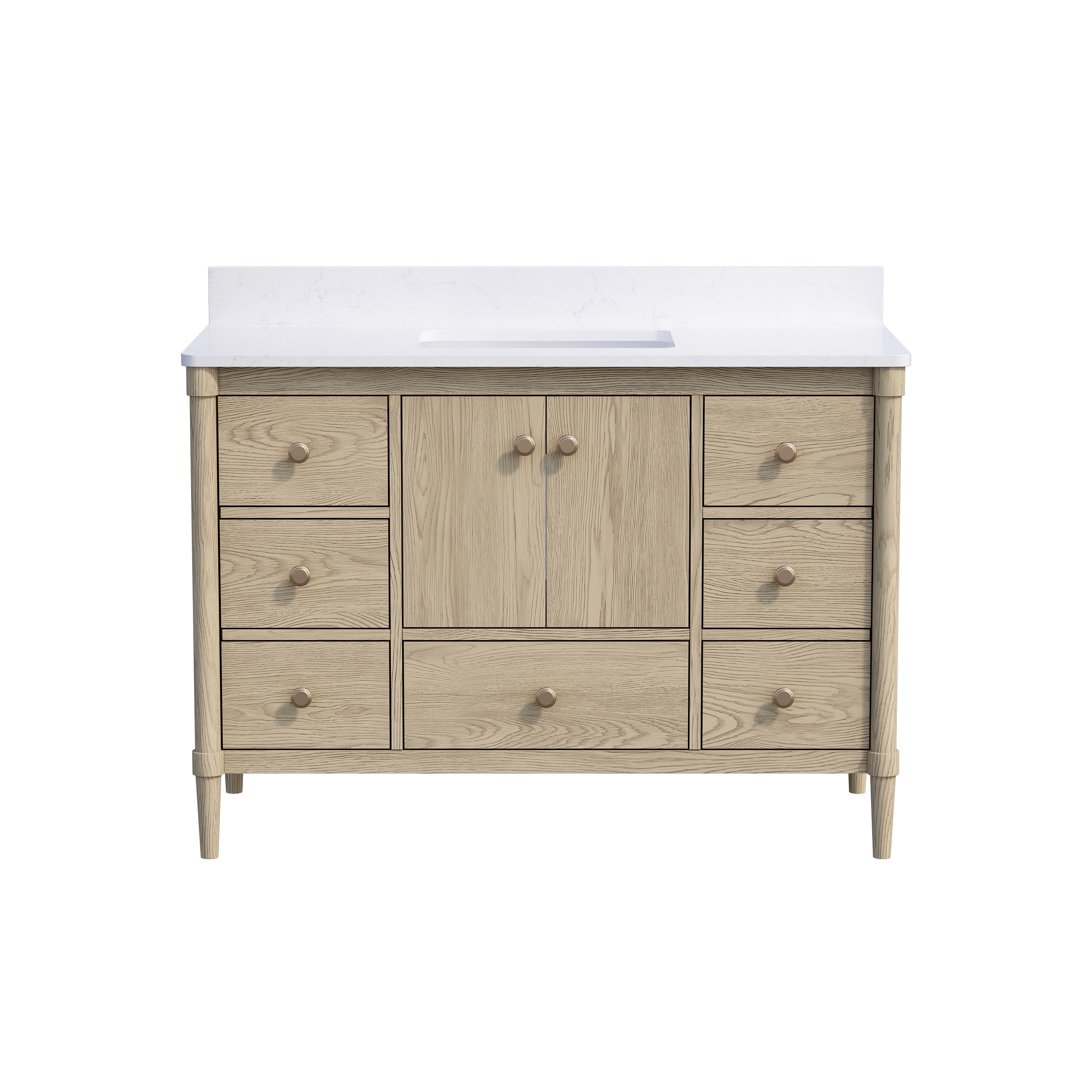
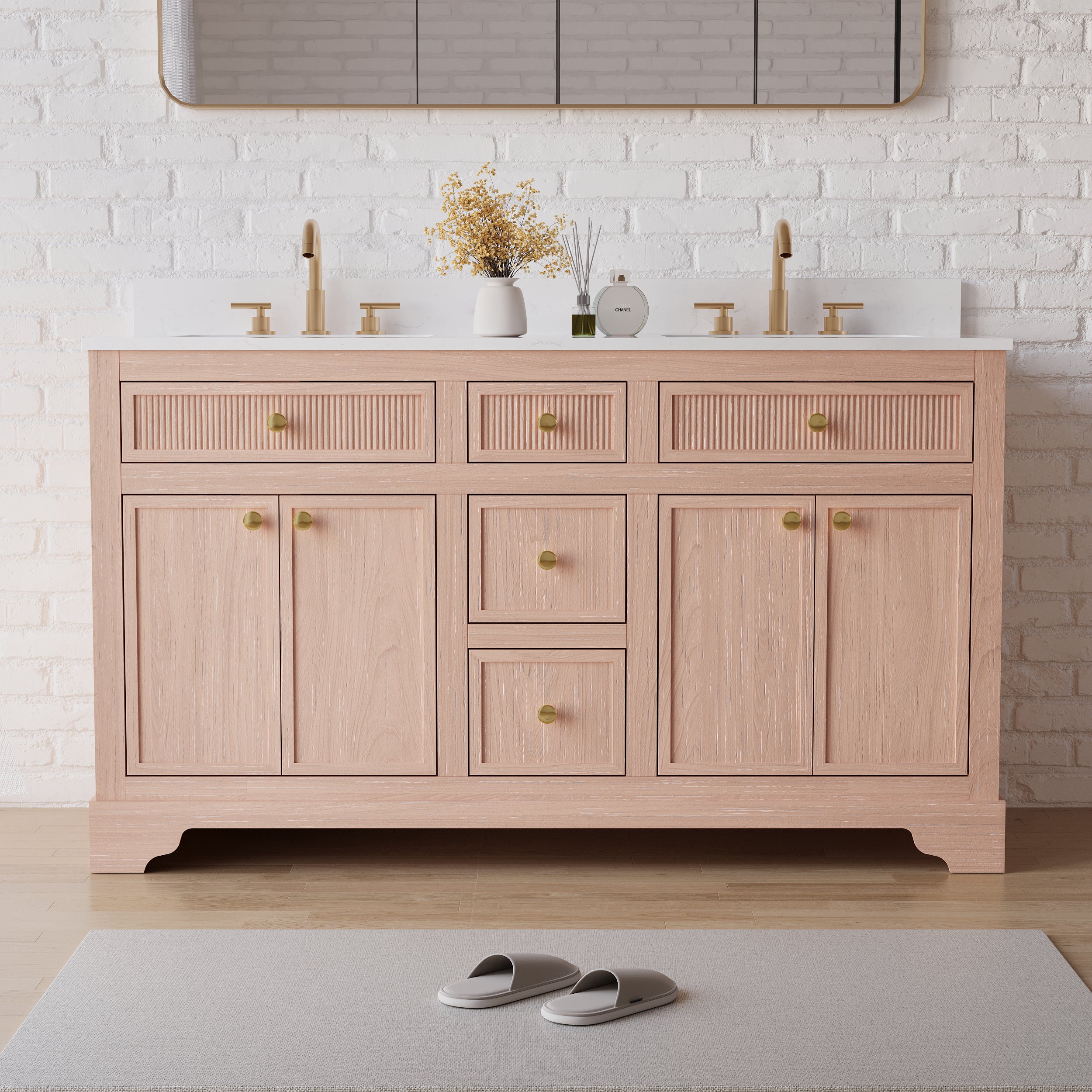
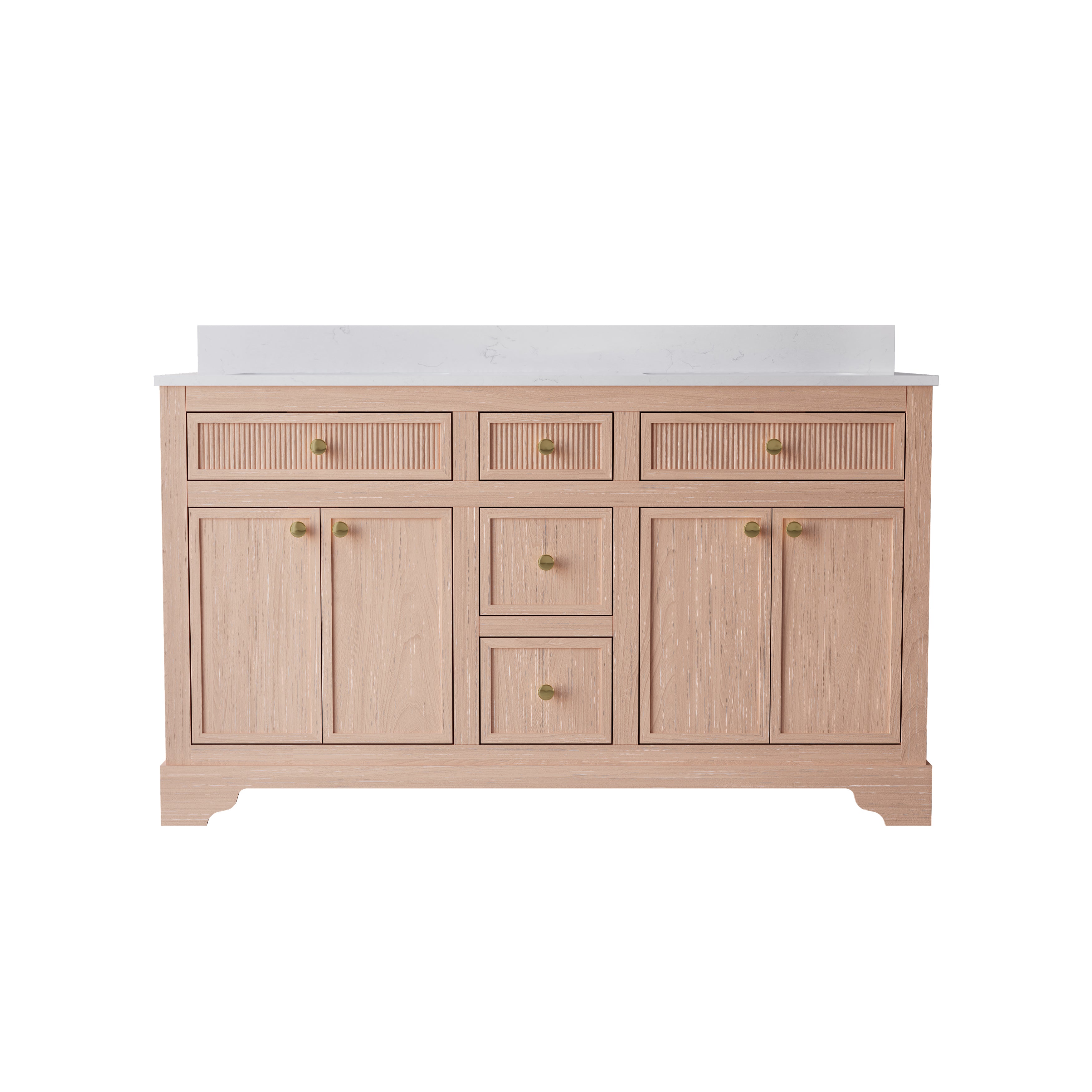
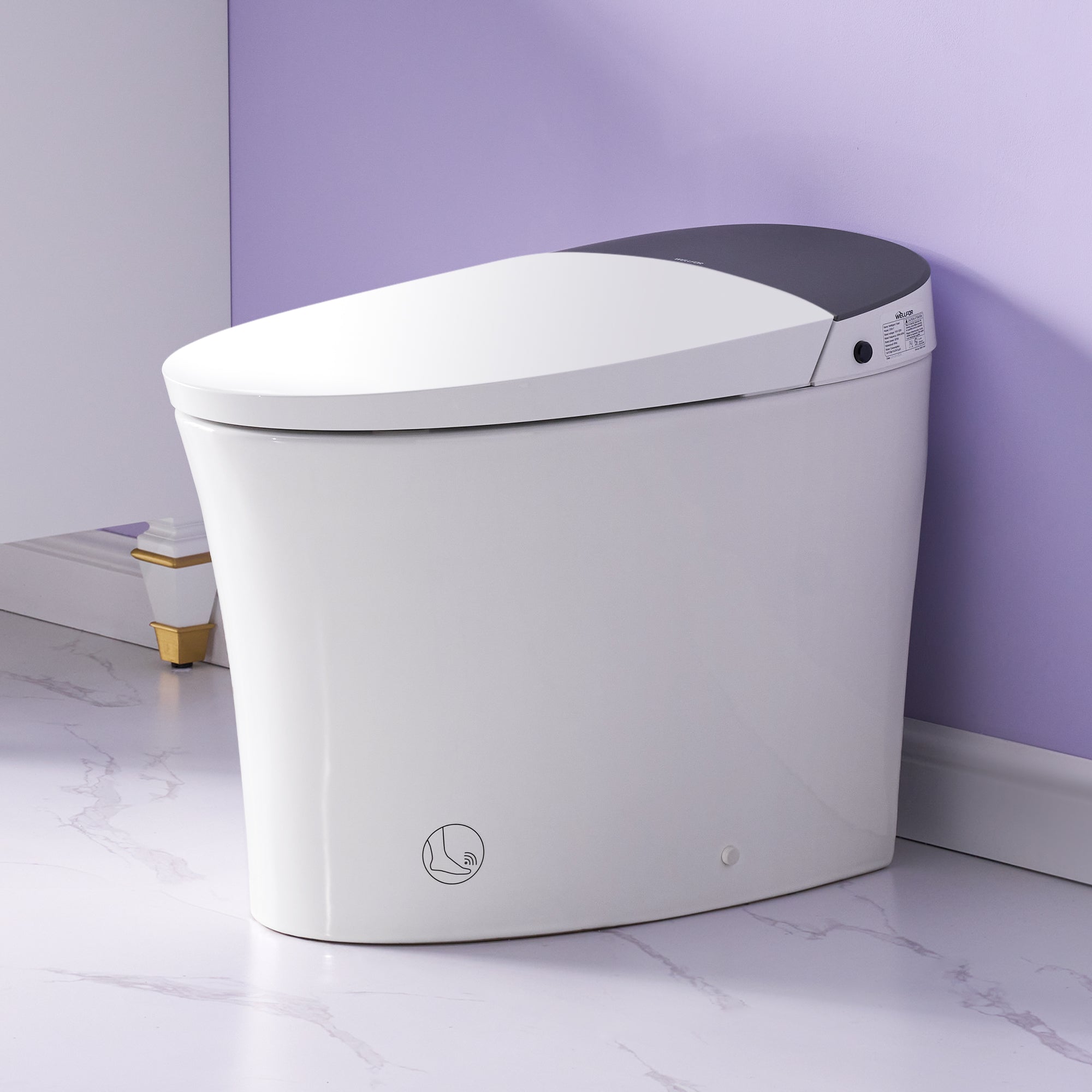
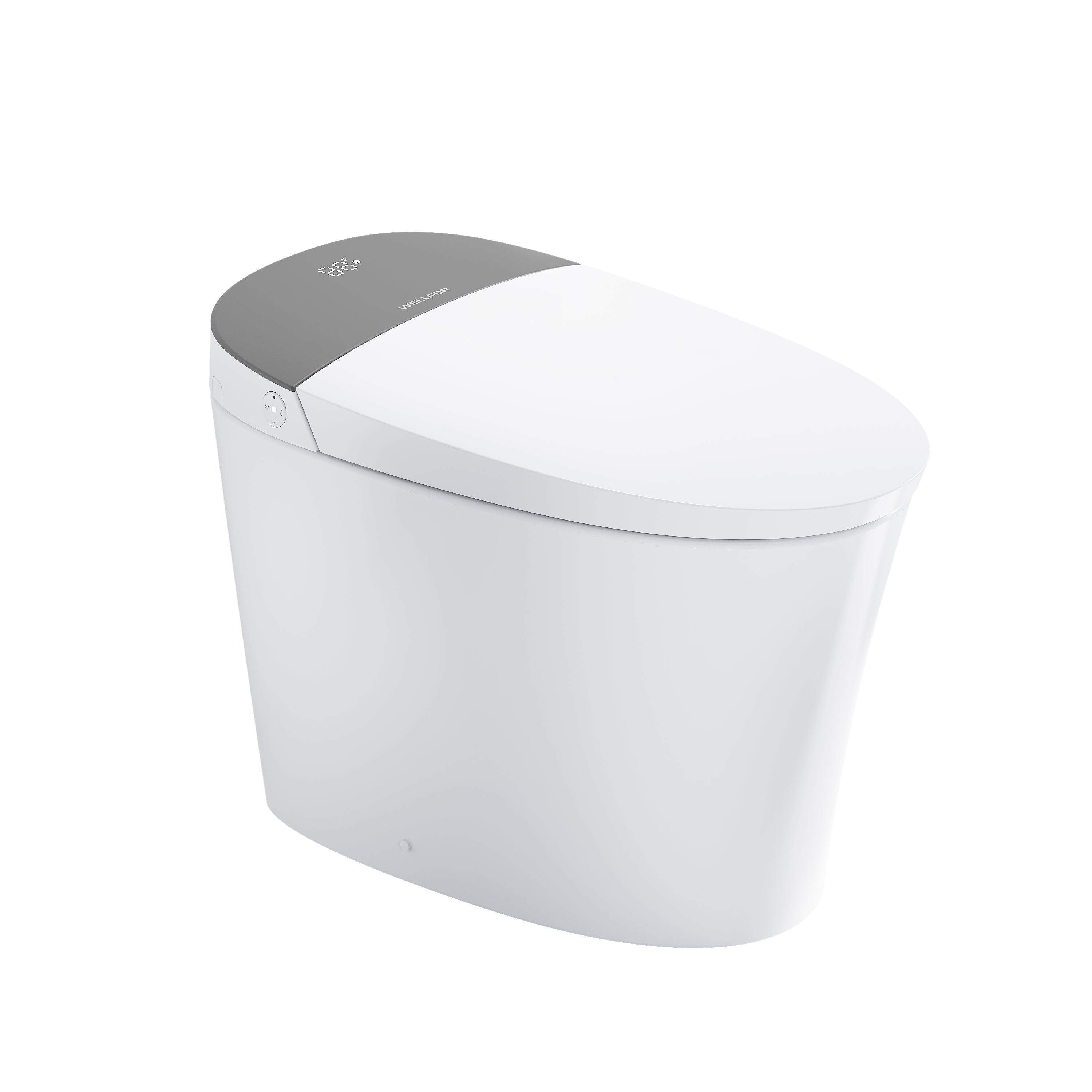
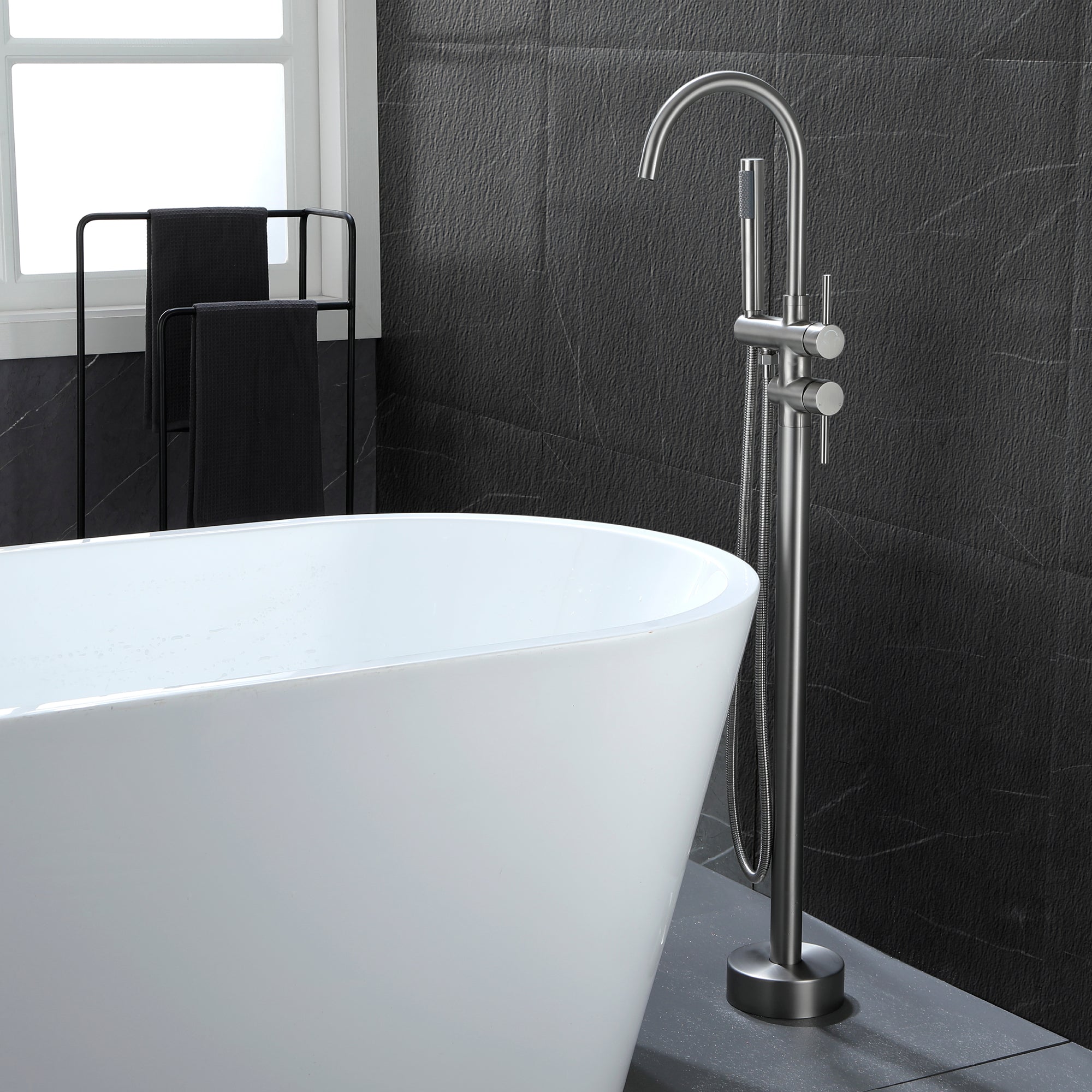

Leave a comment
This site is protected by hCaptcha and the hCaptcha Privacy Policy and Terms of Service apply.